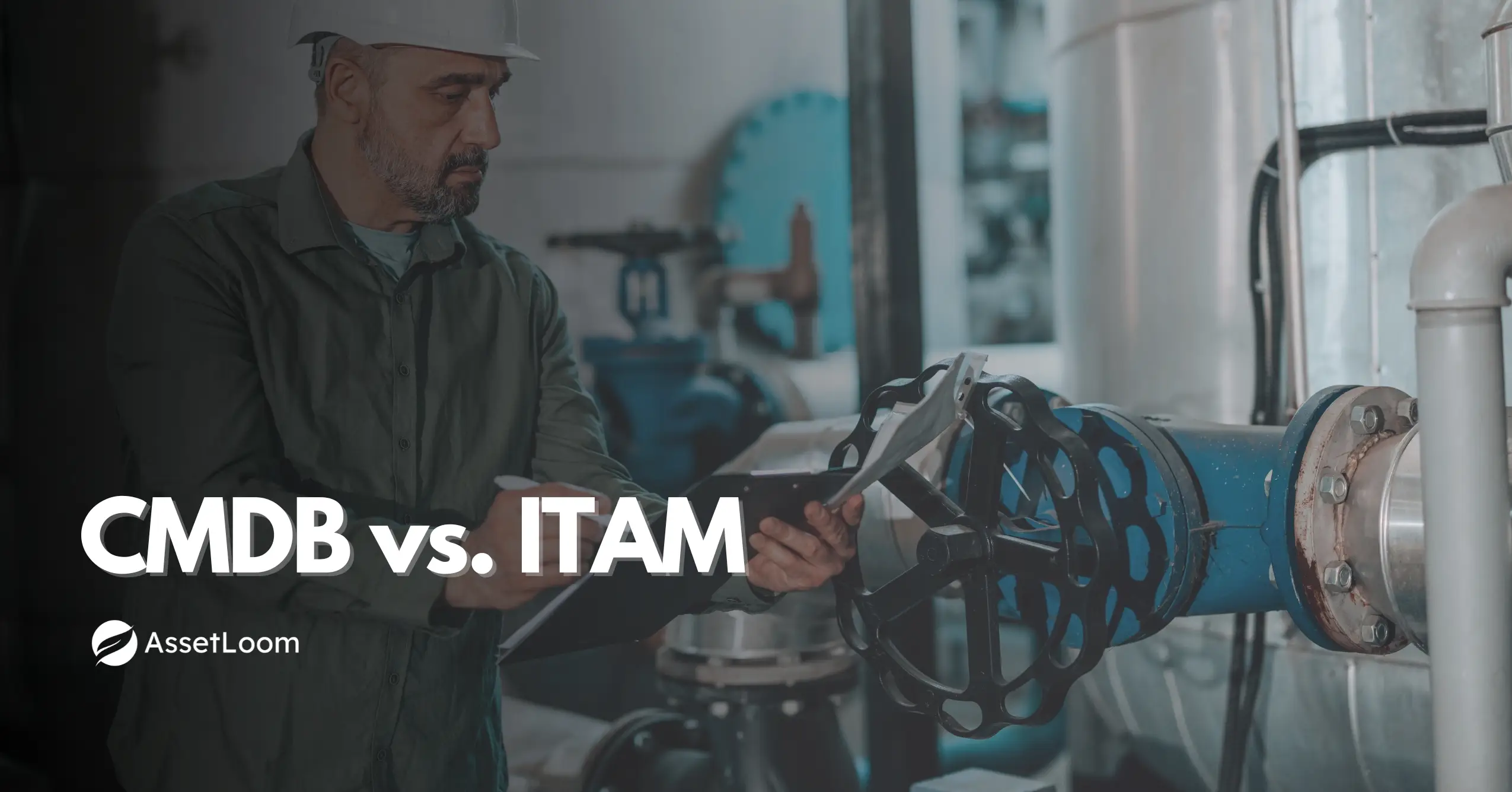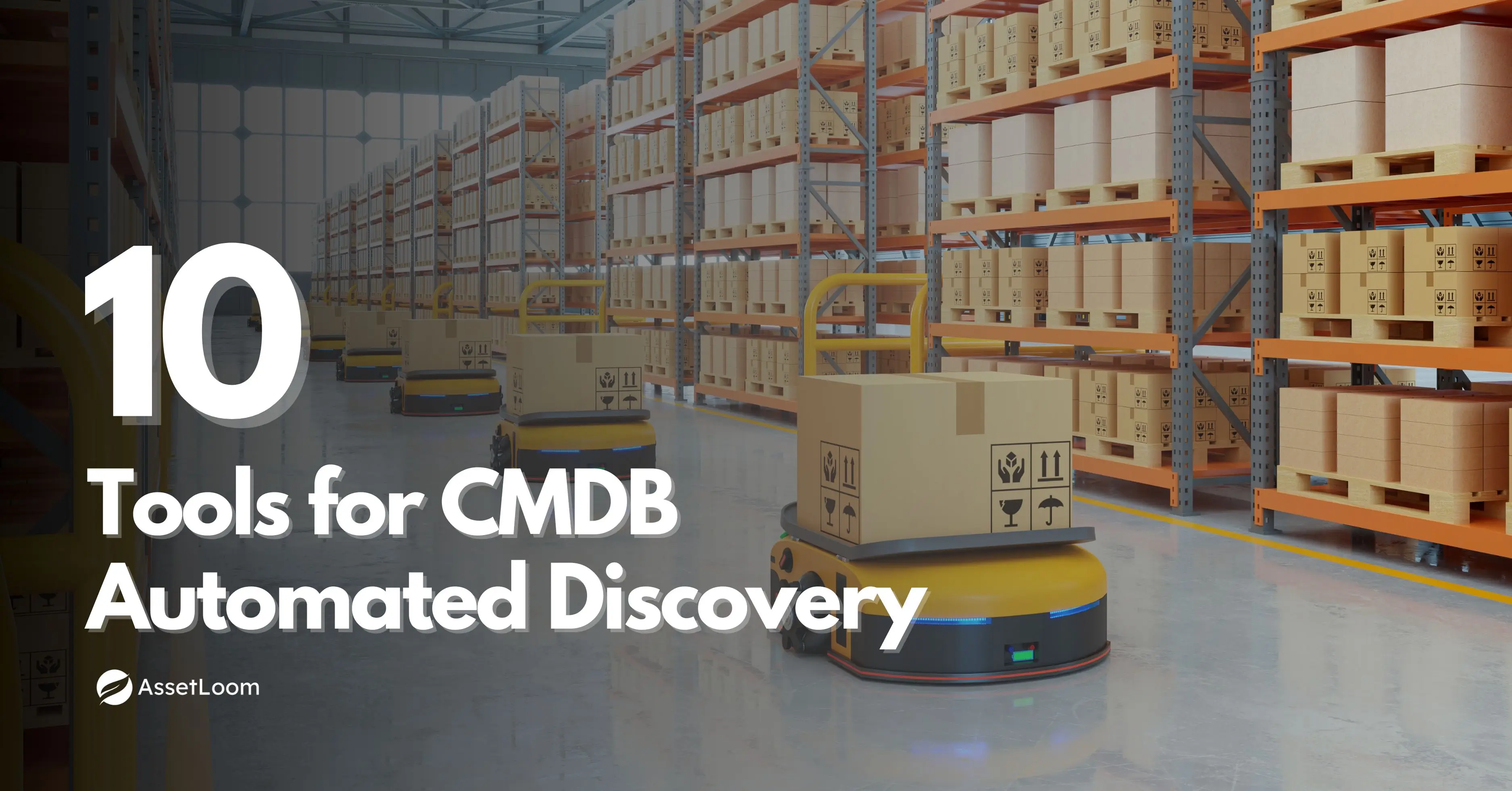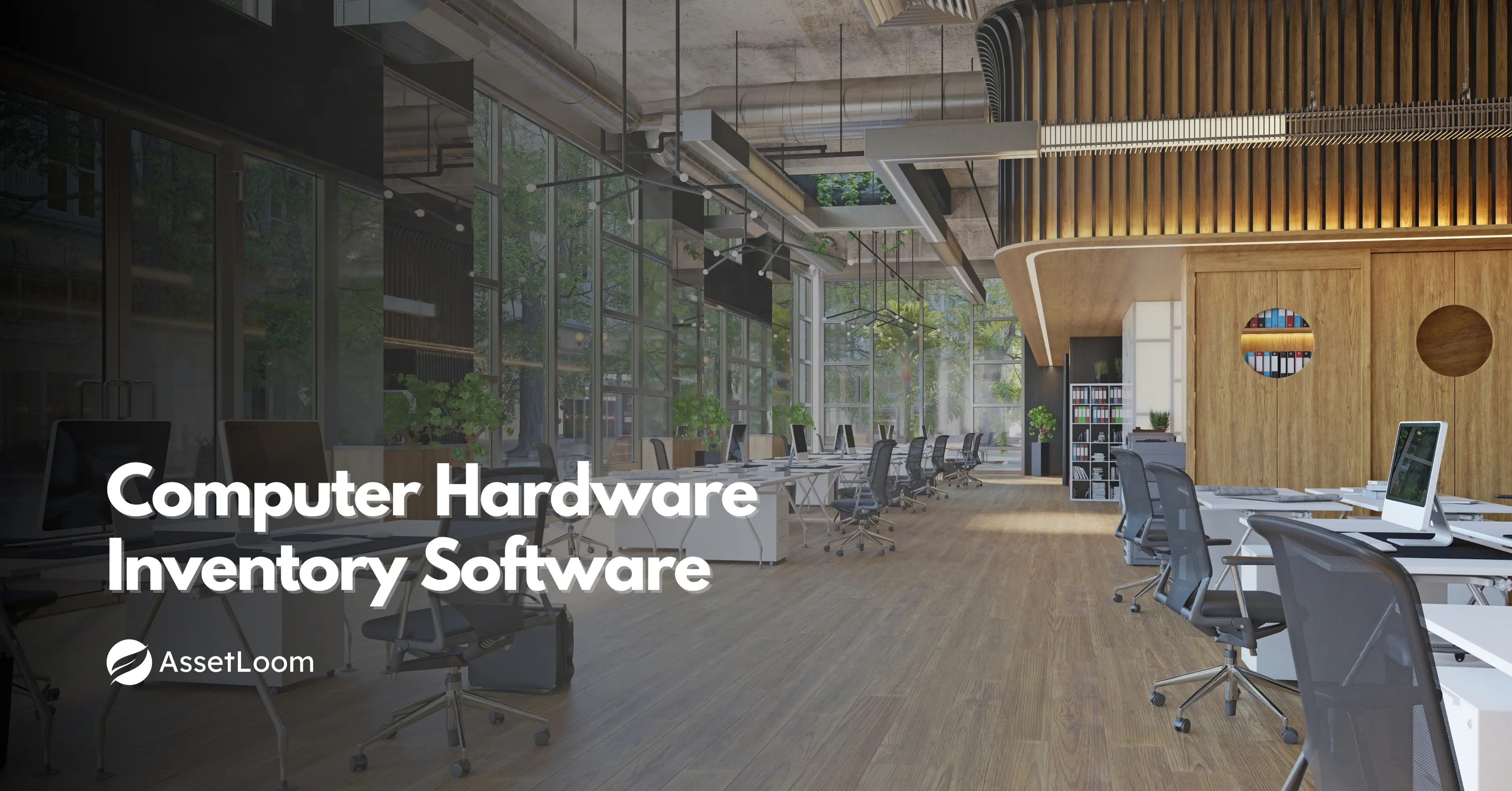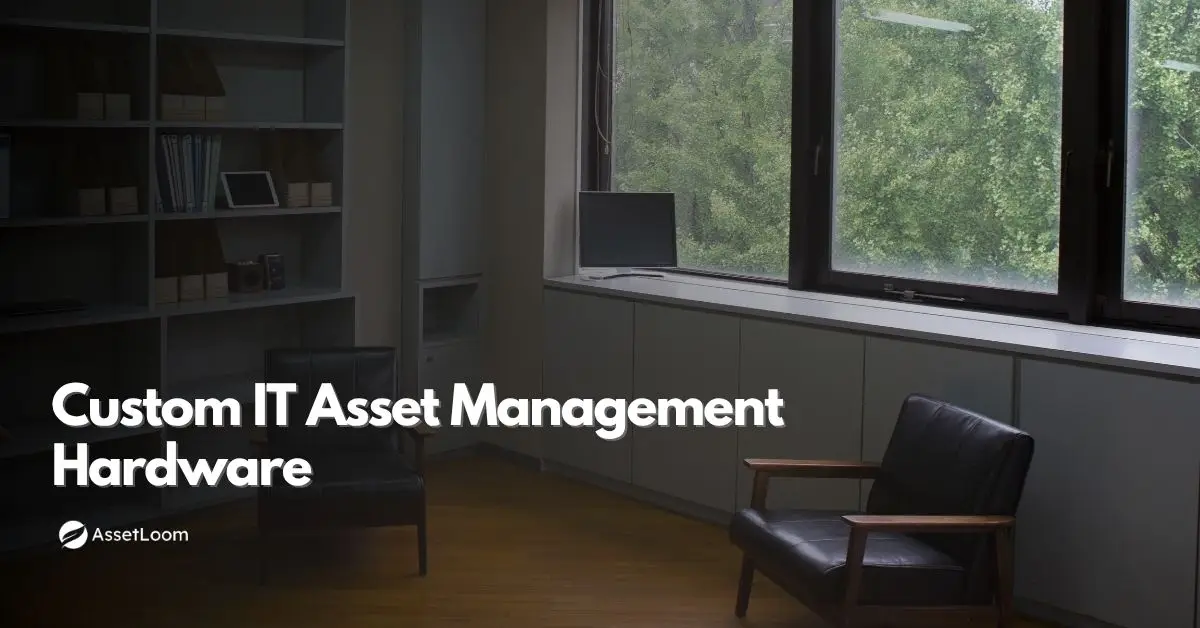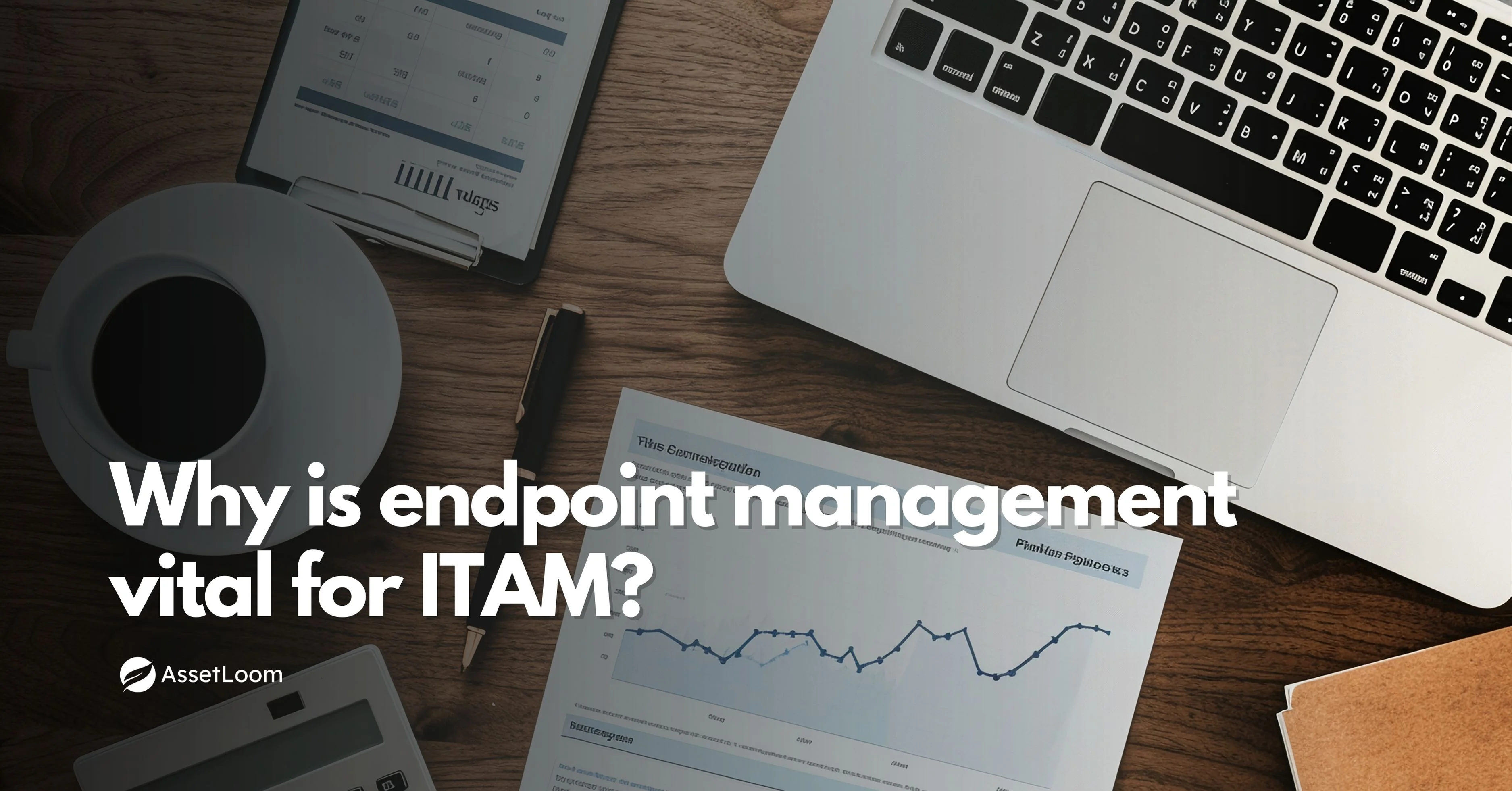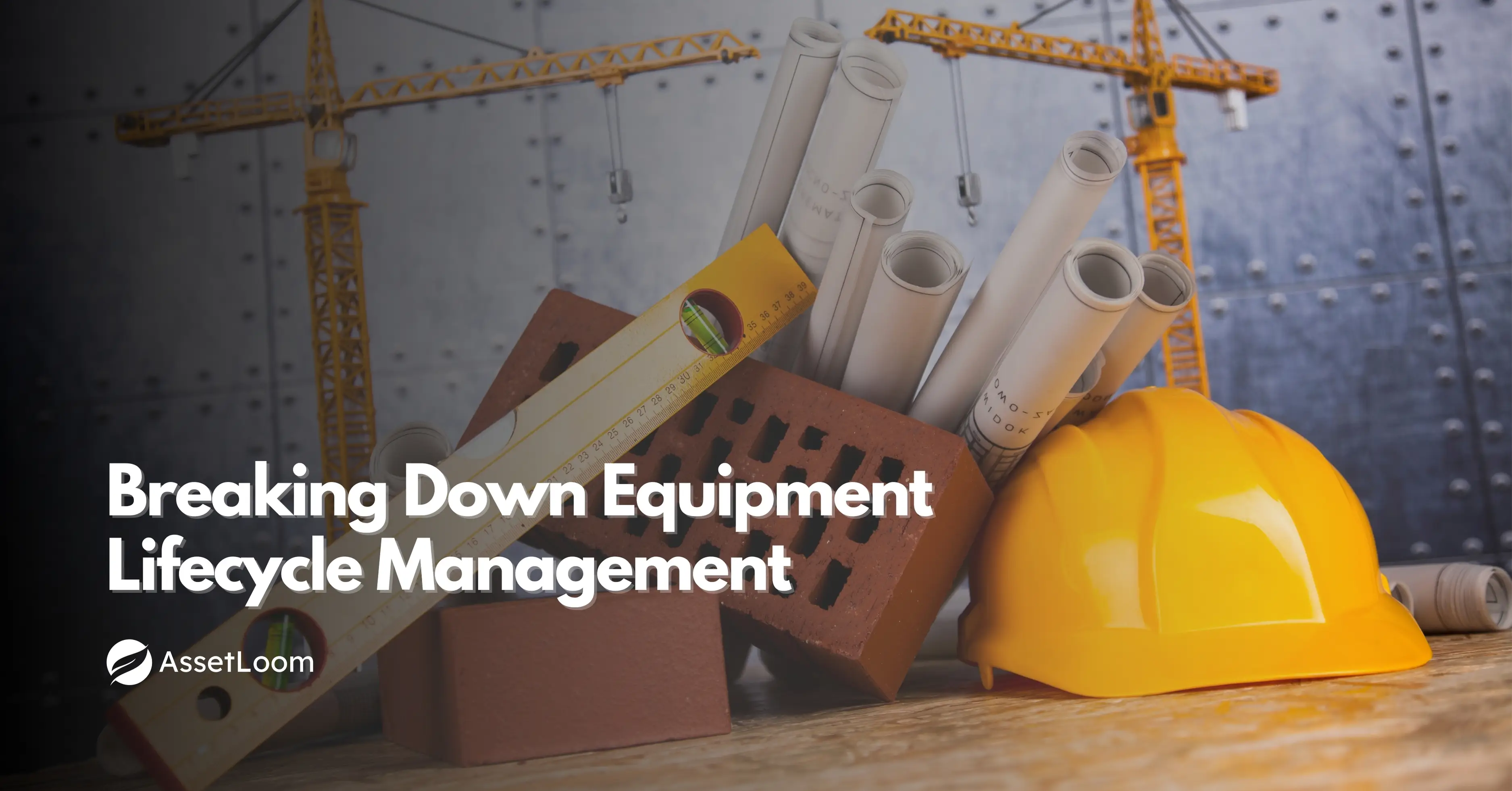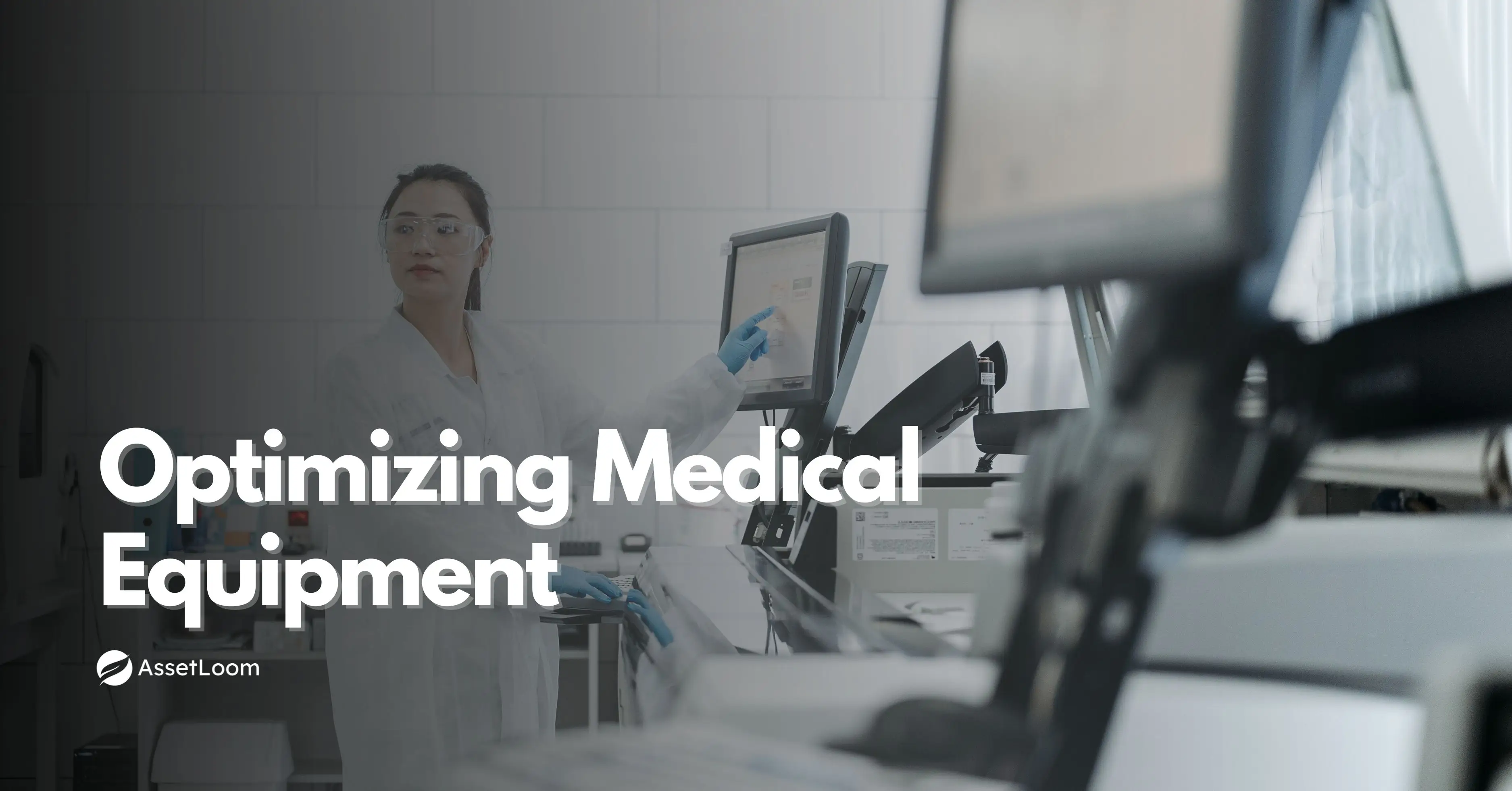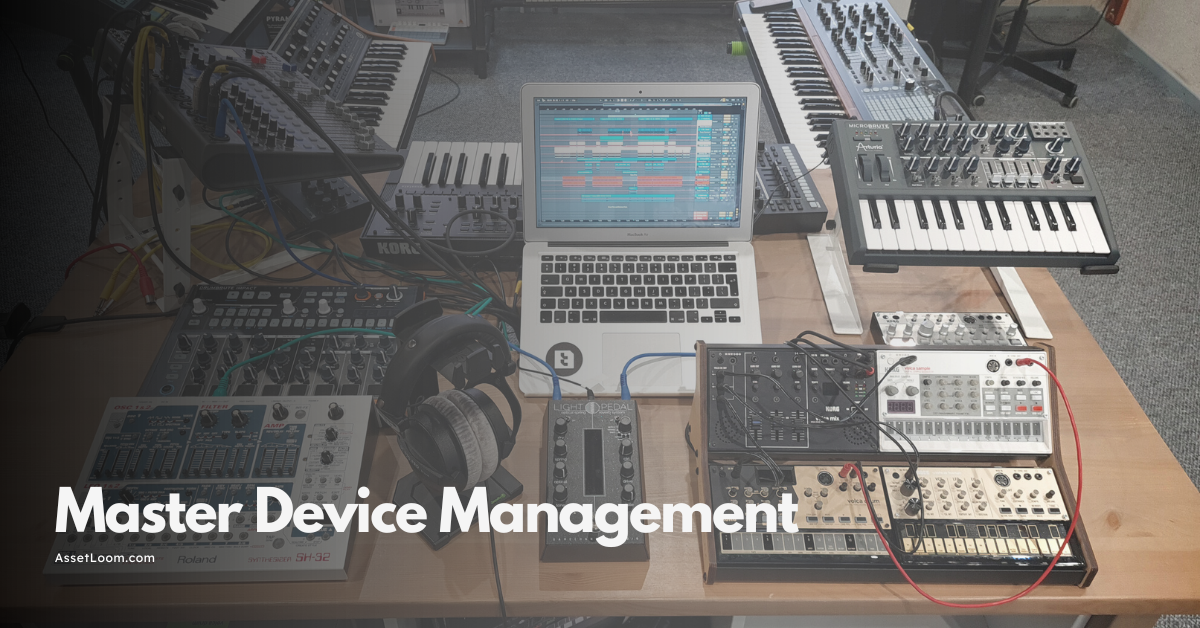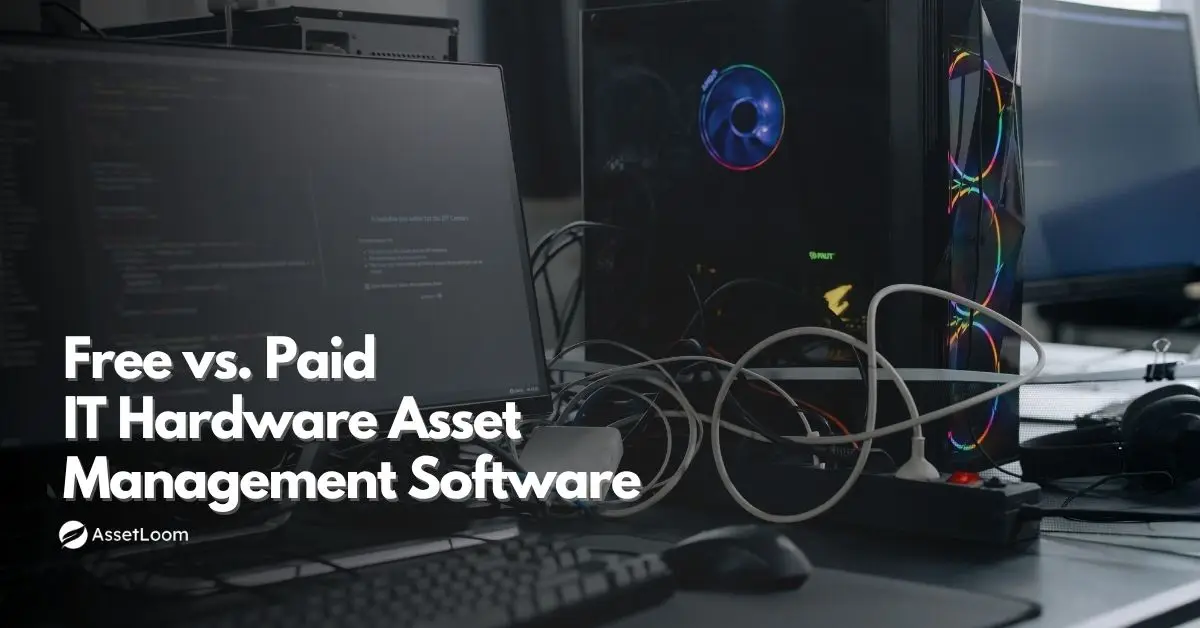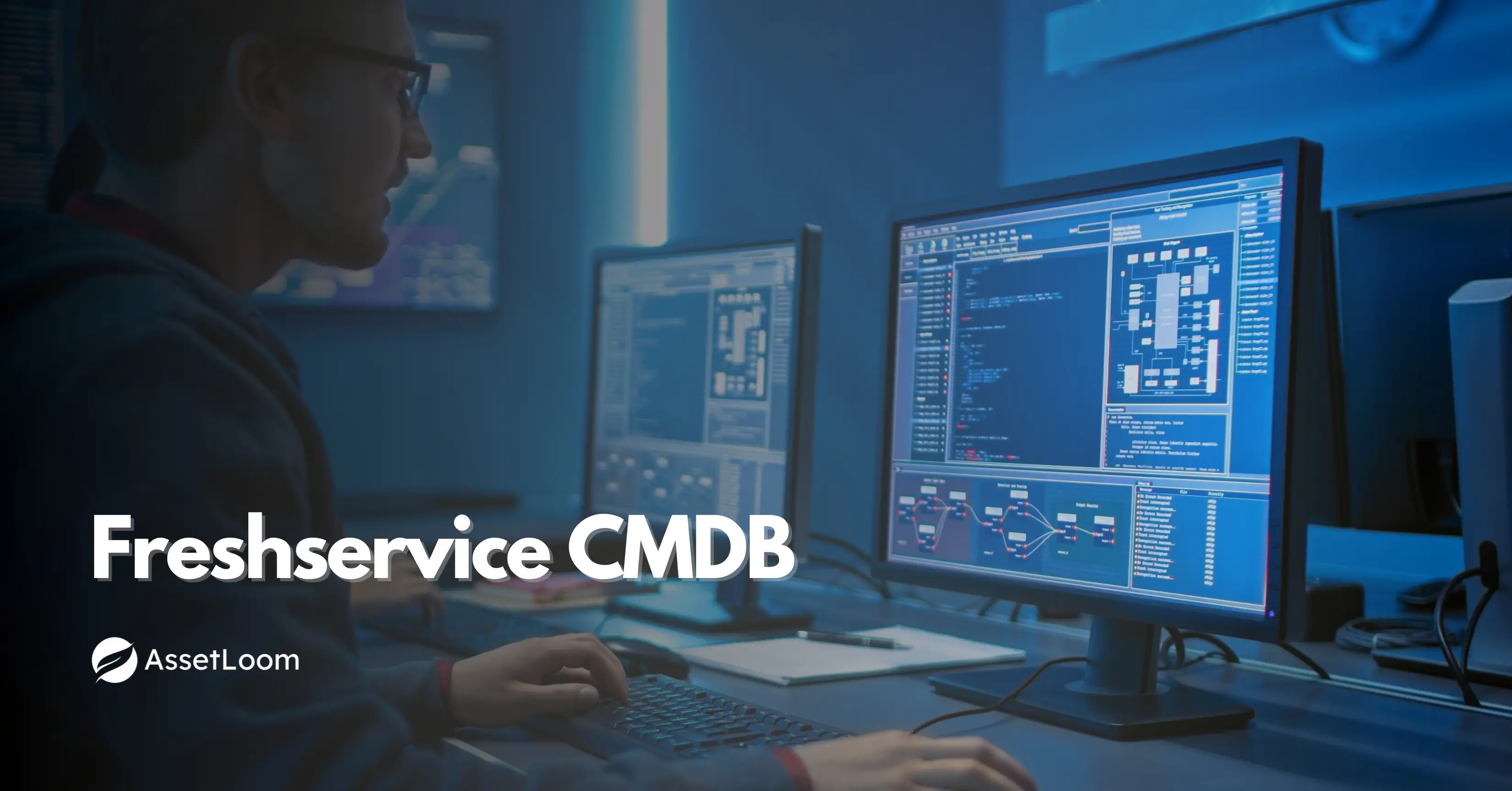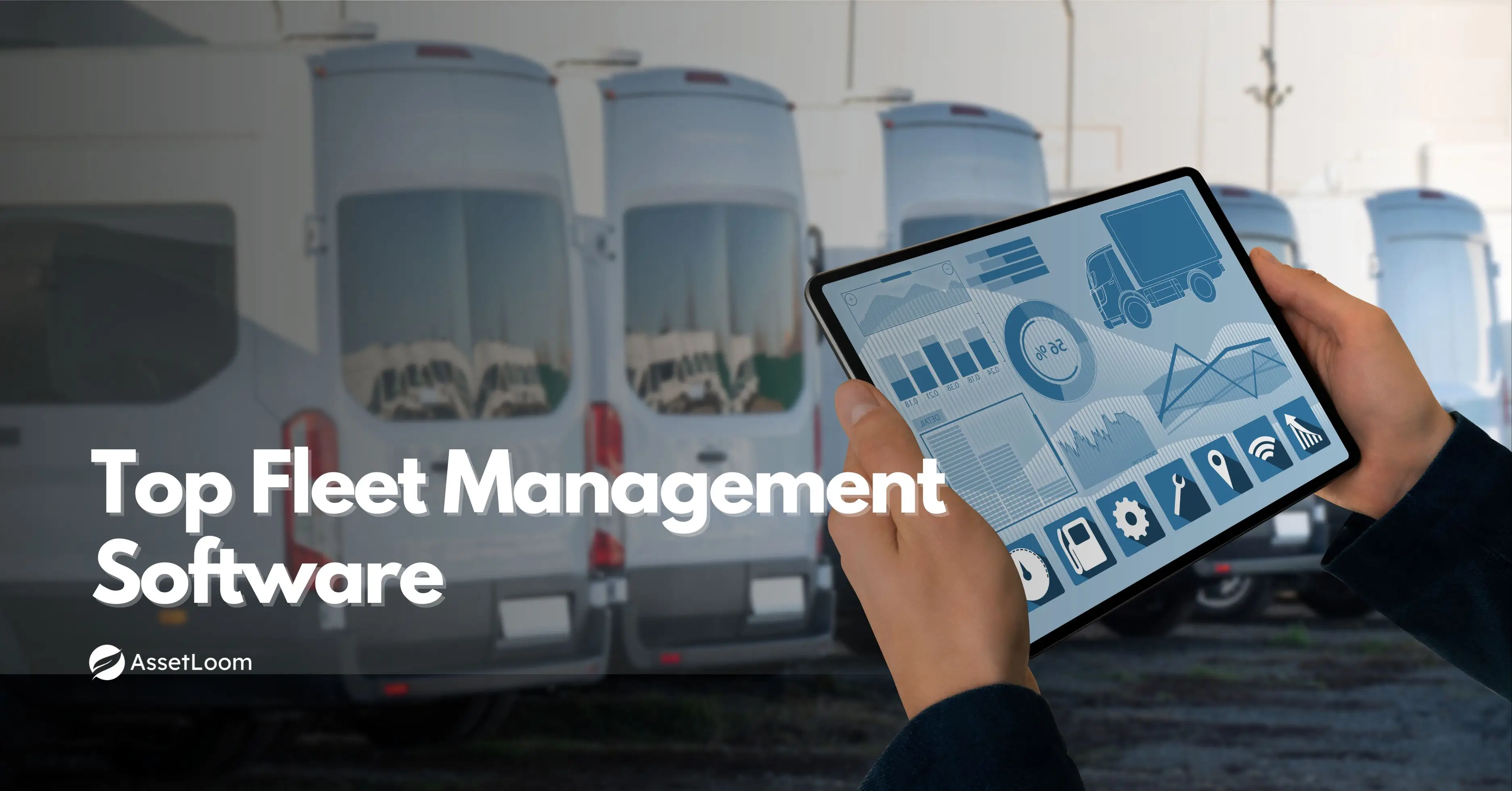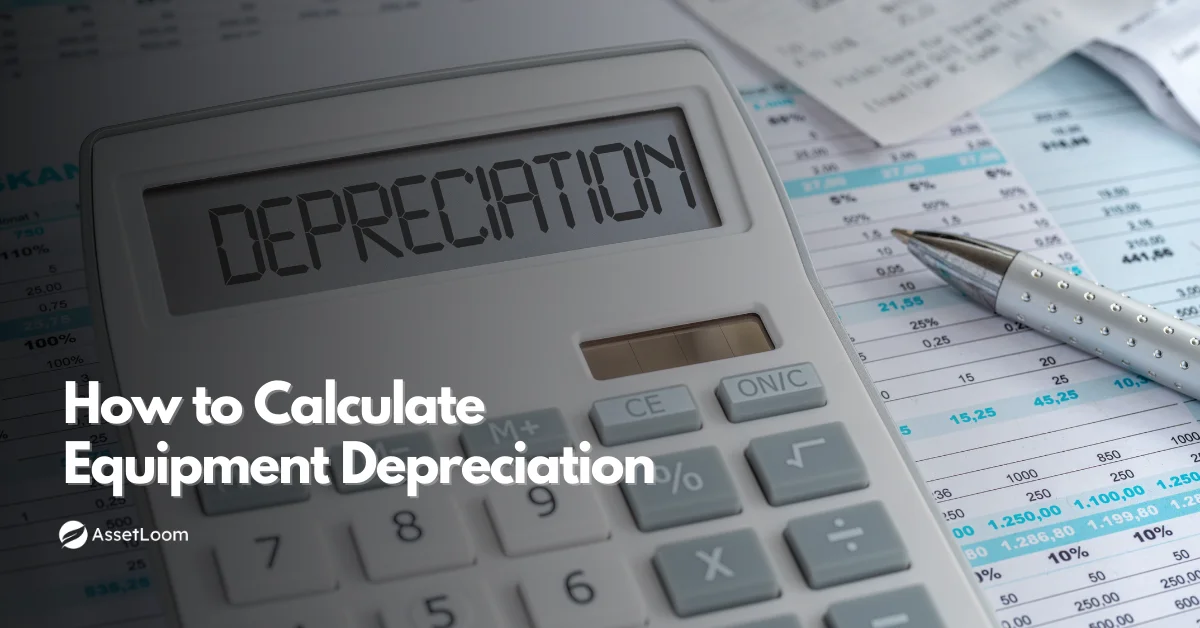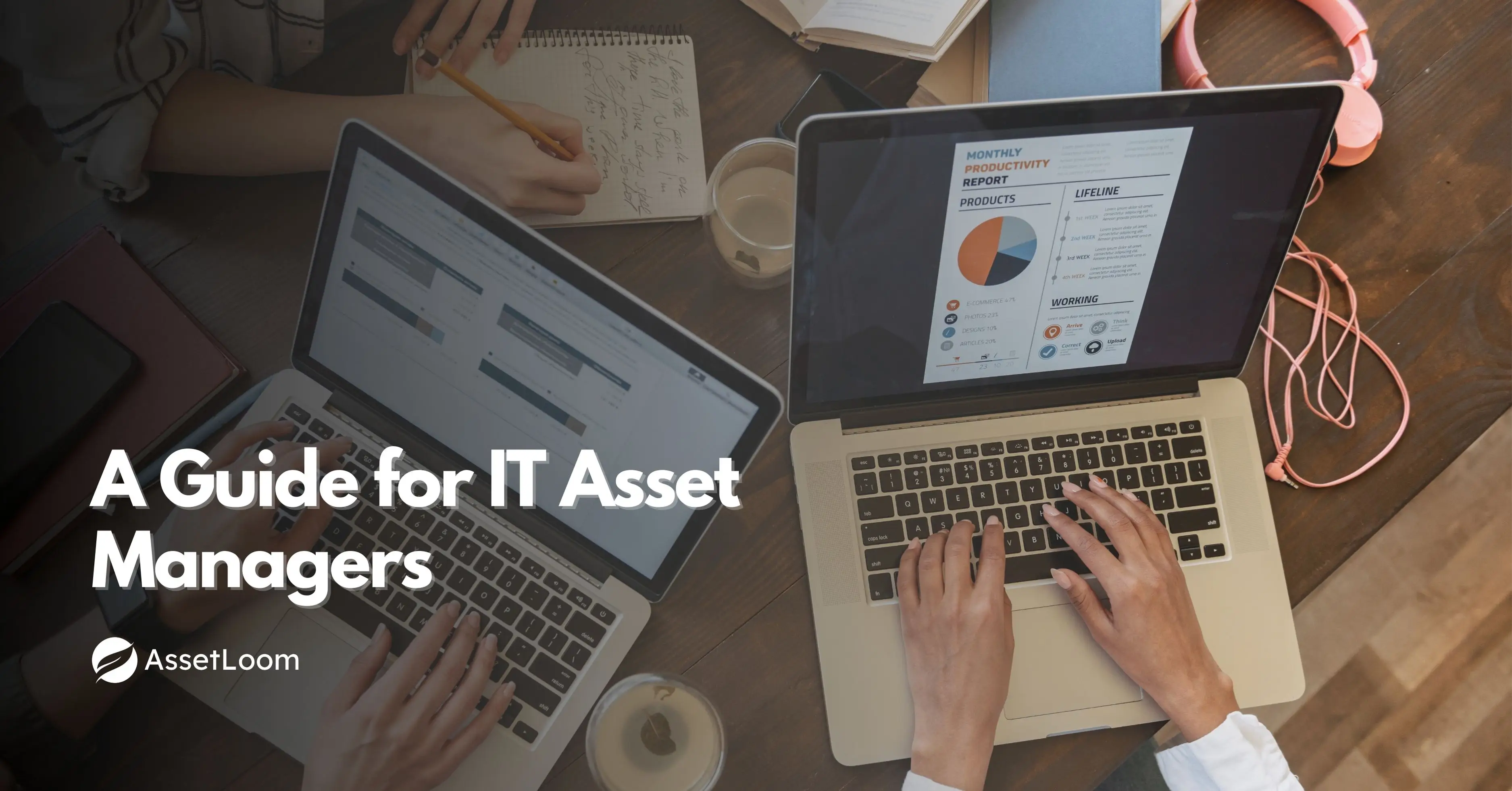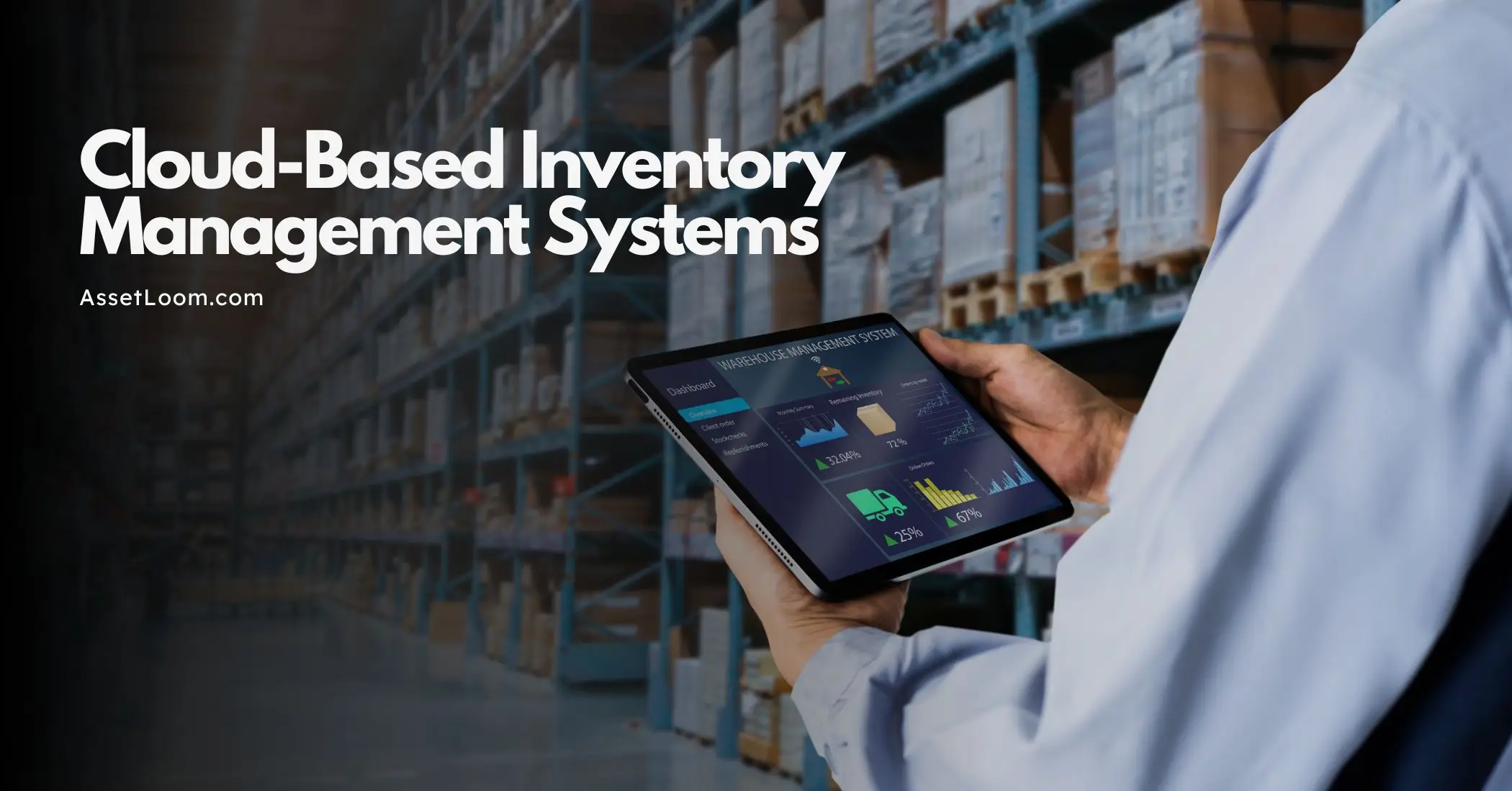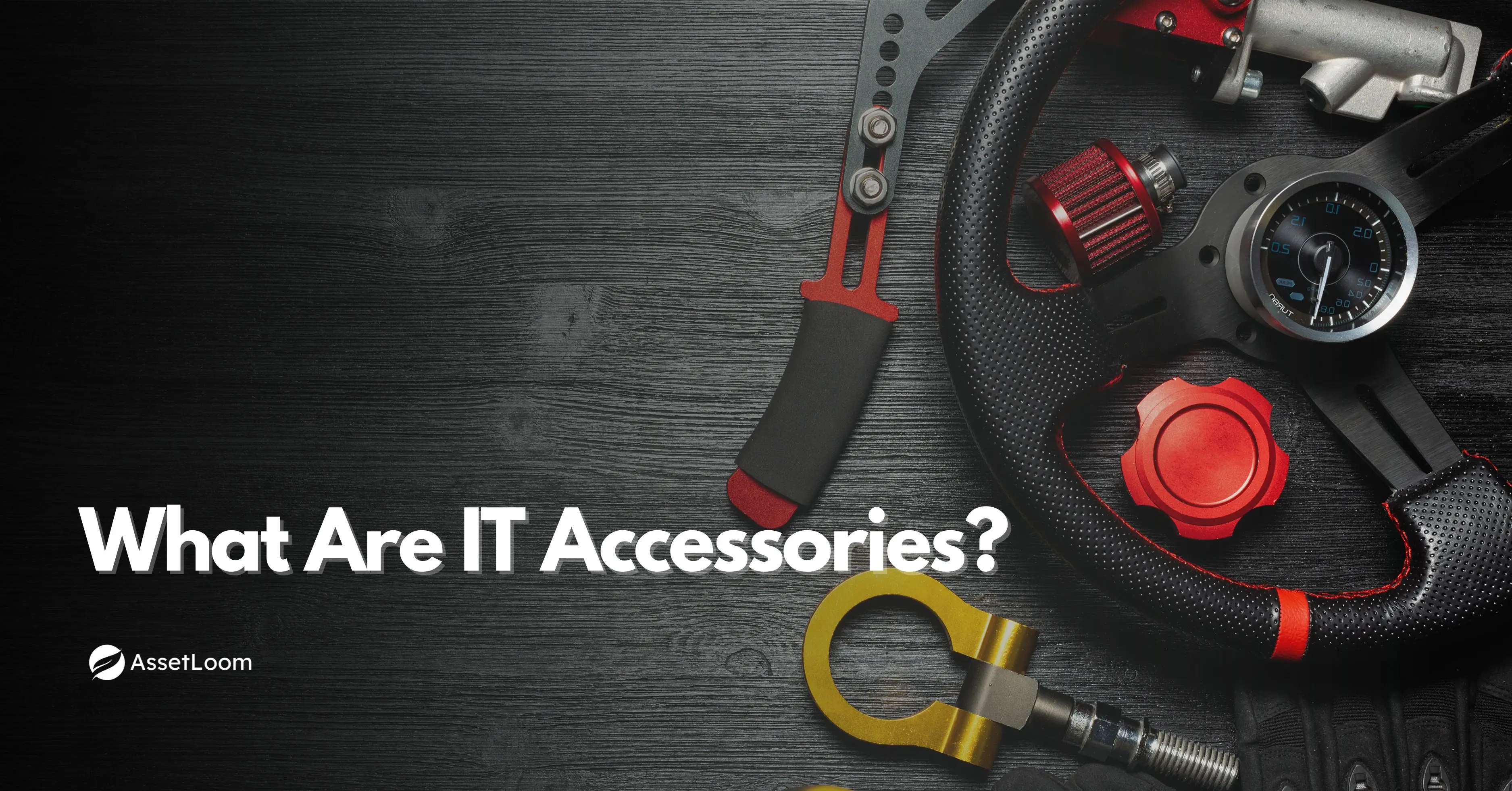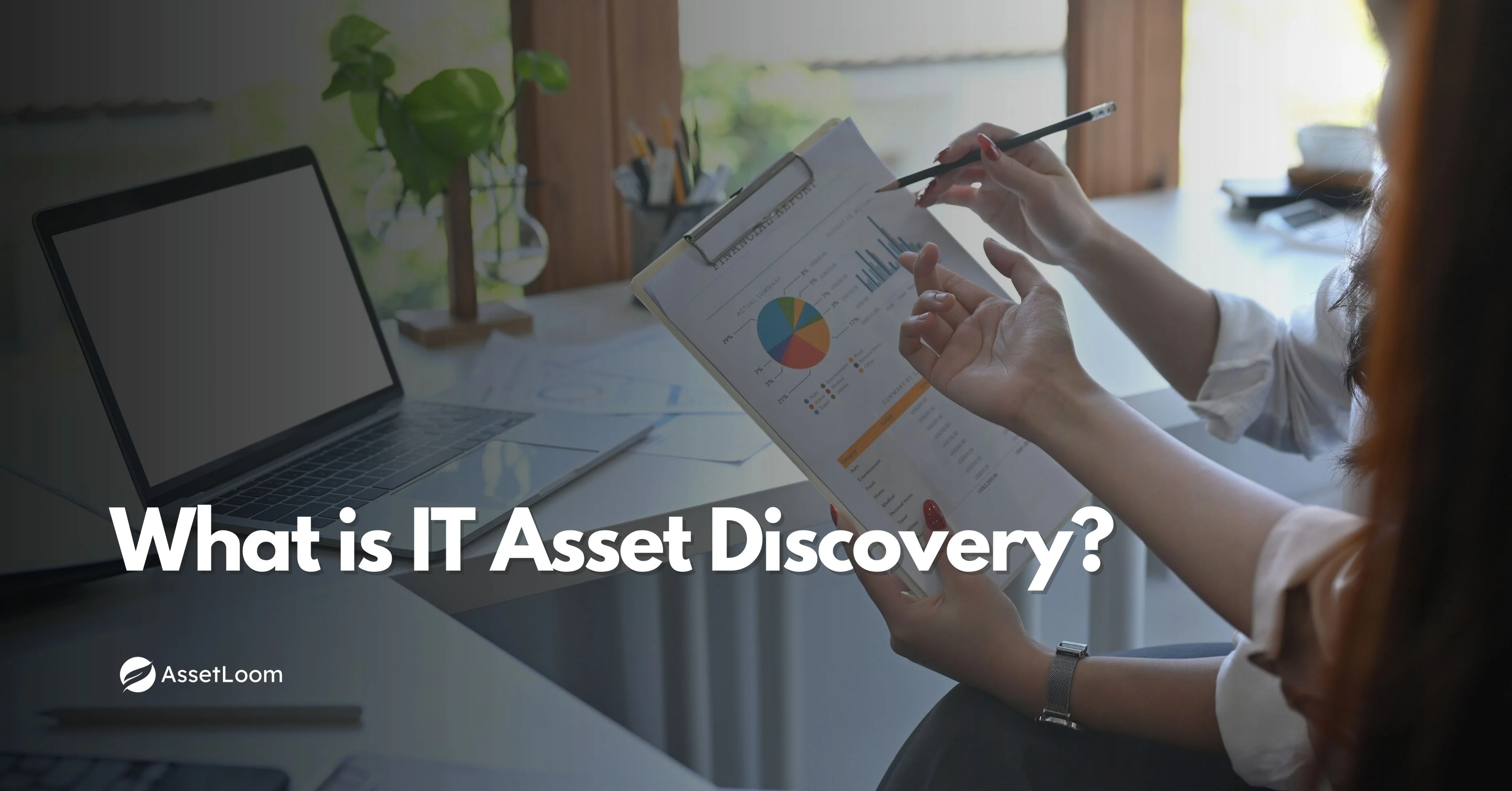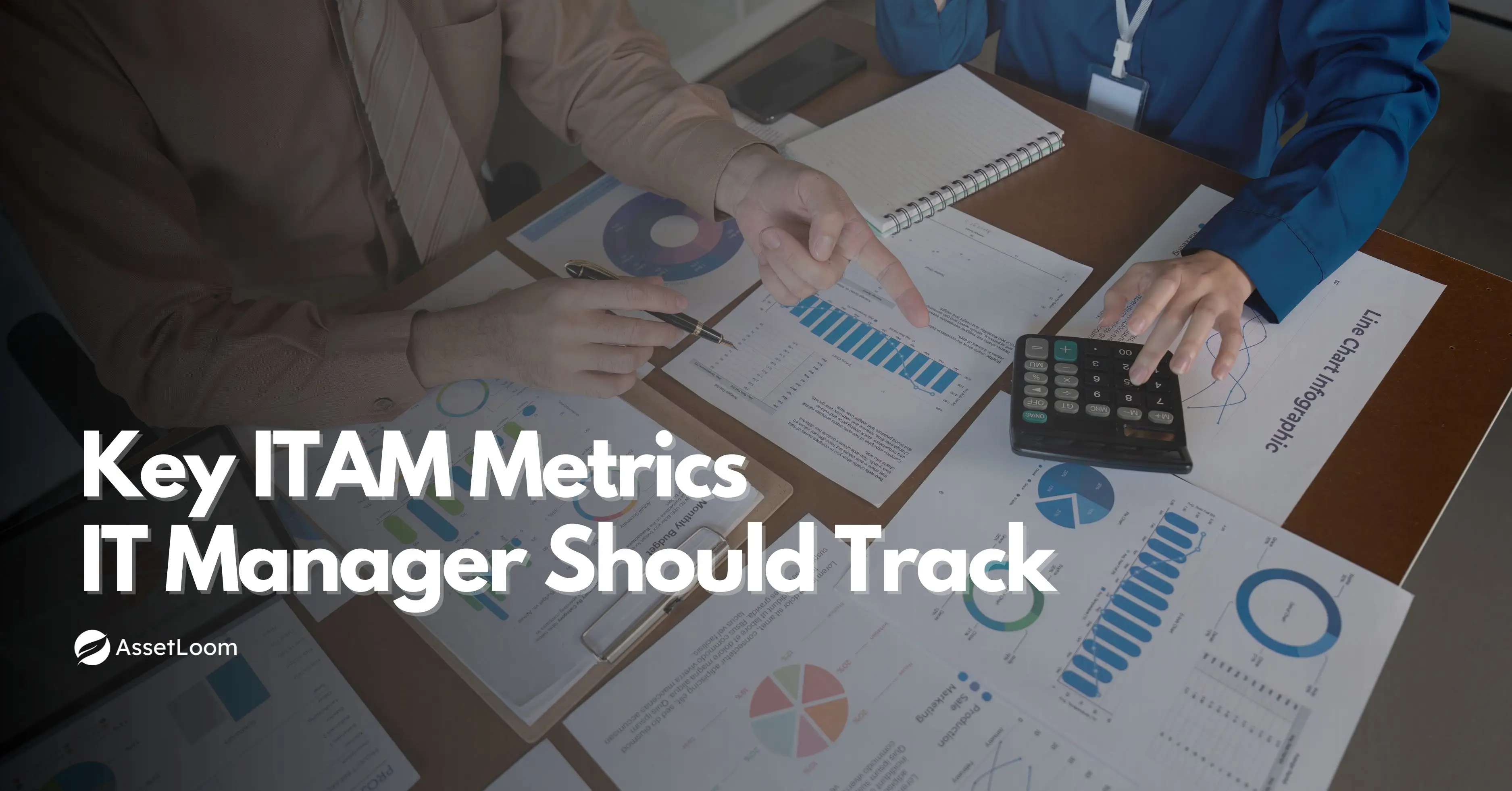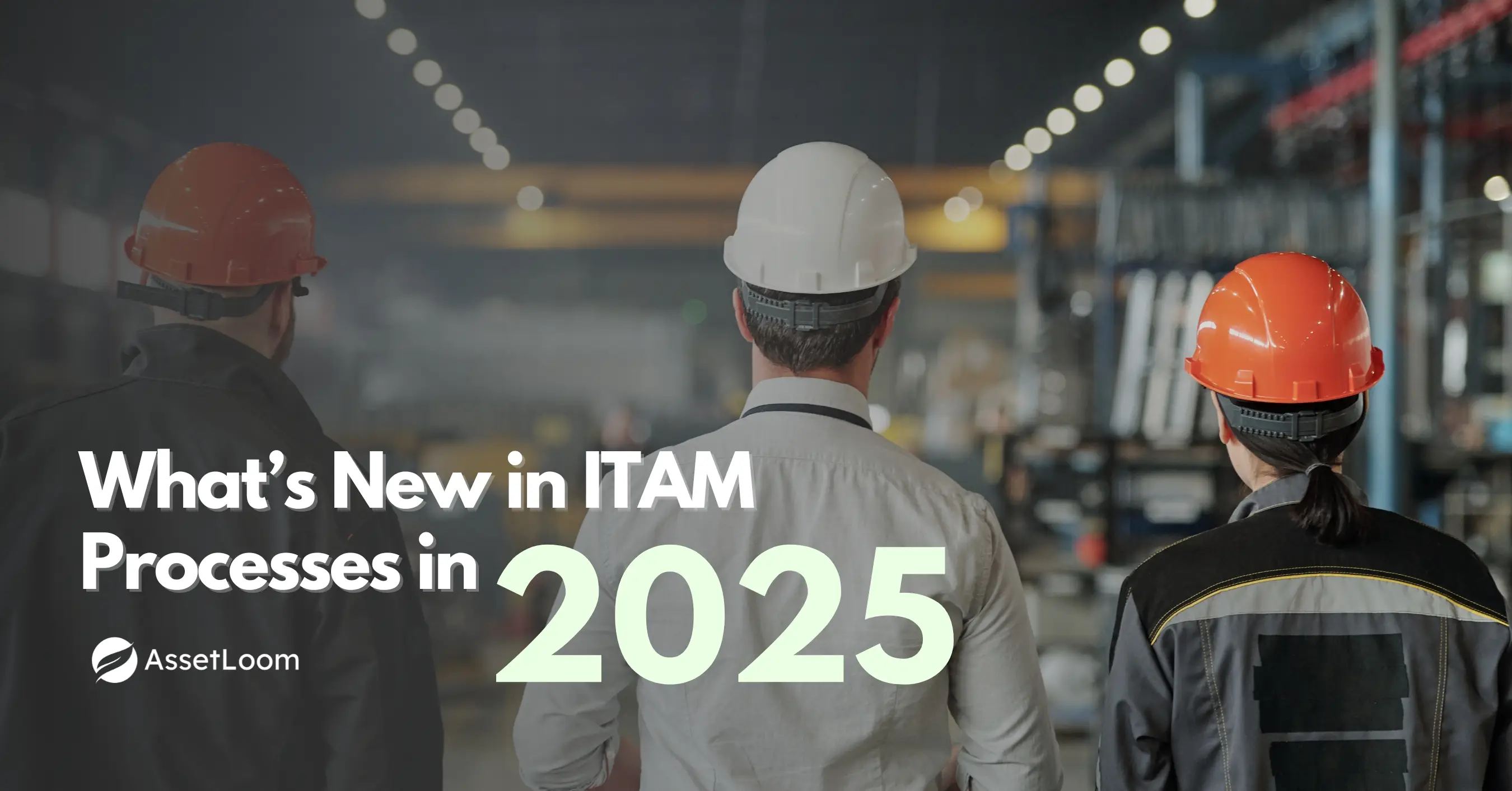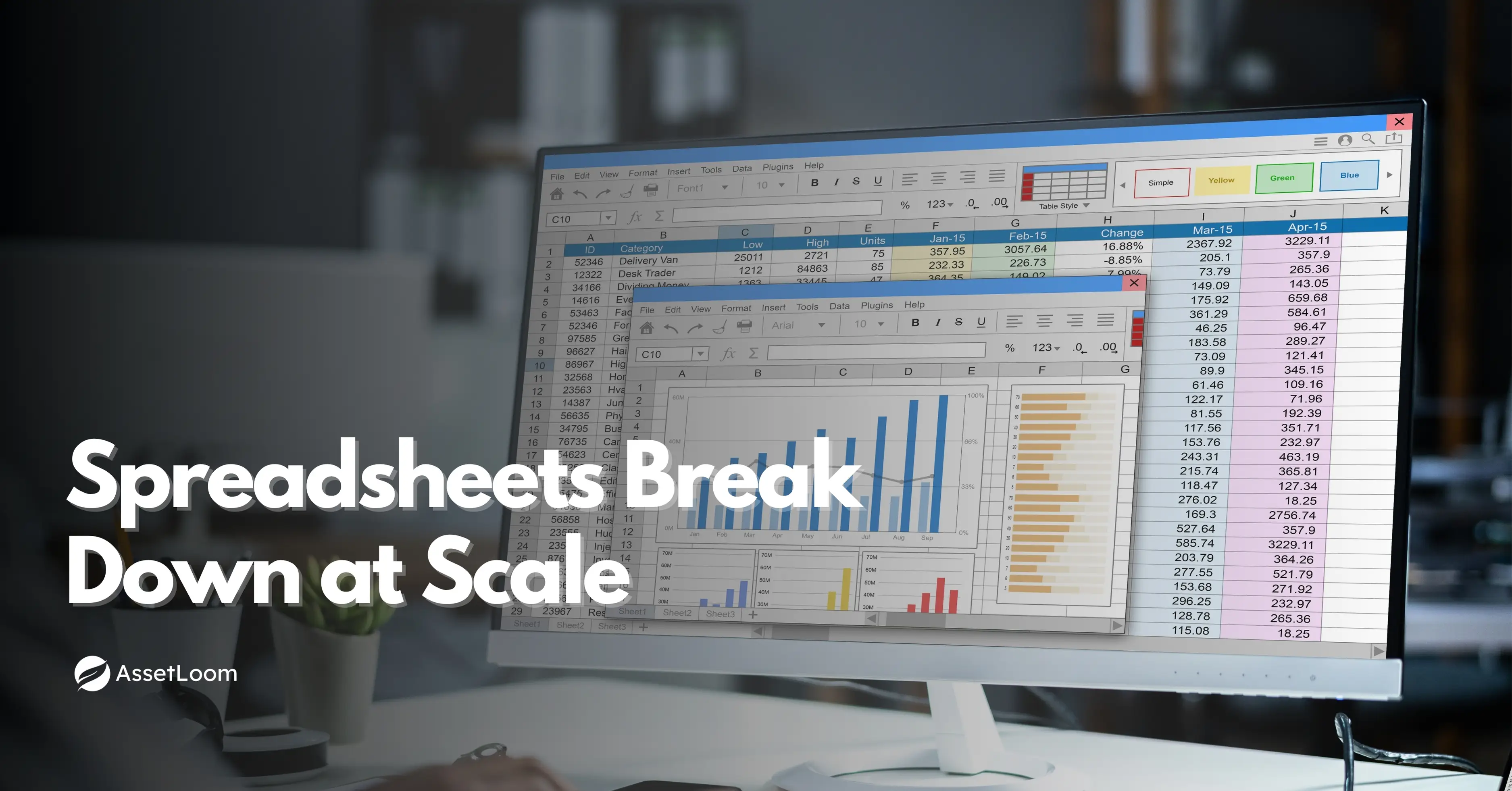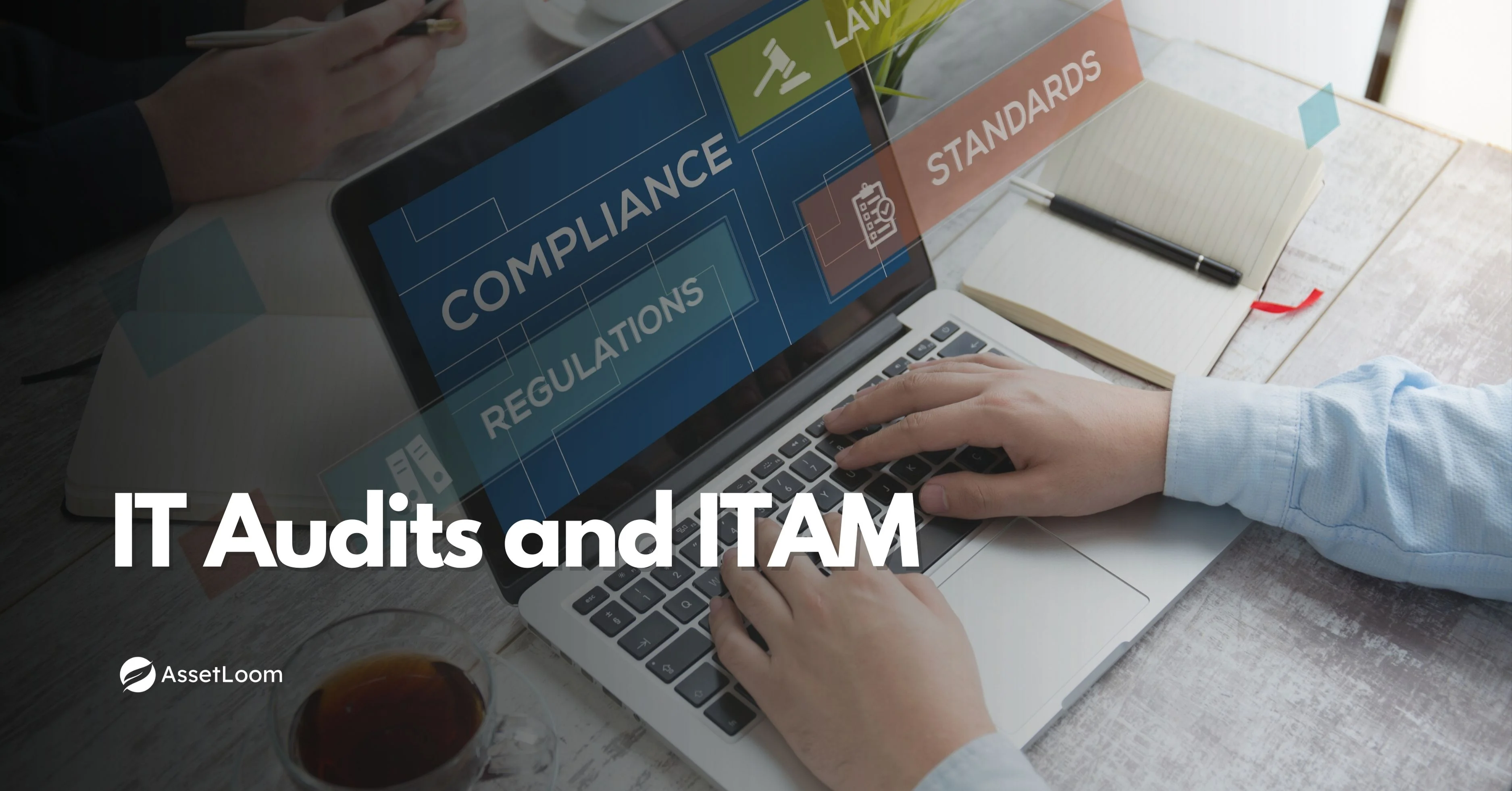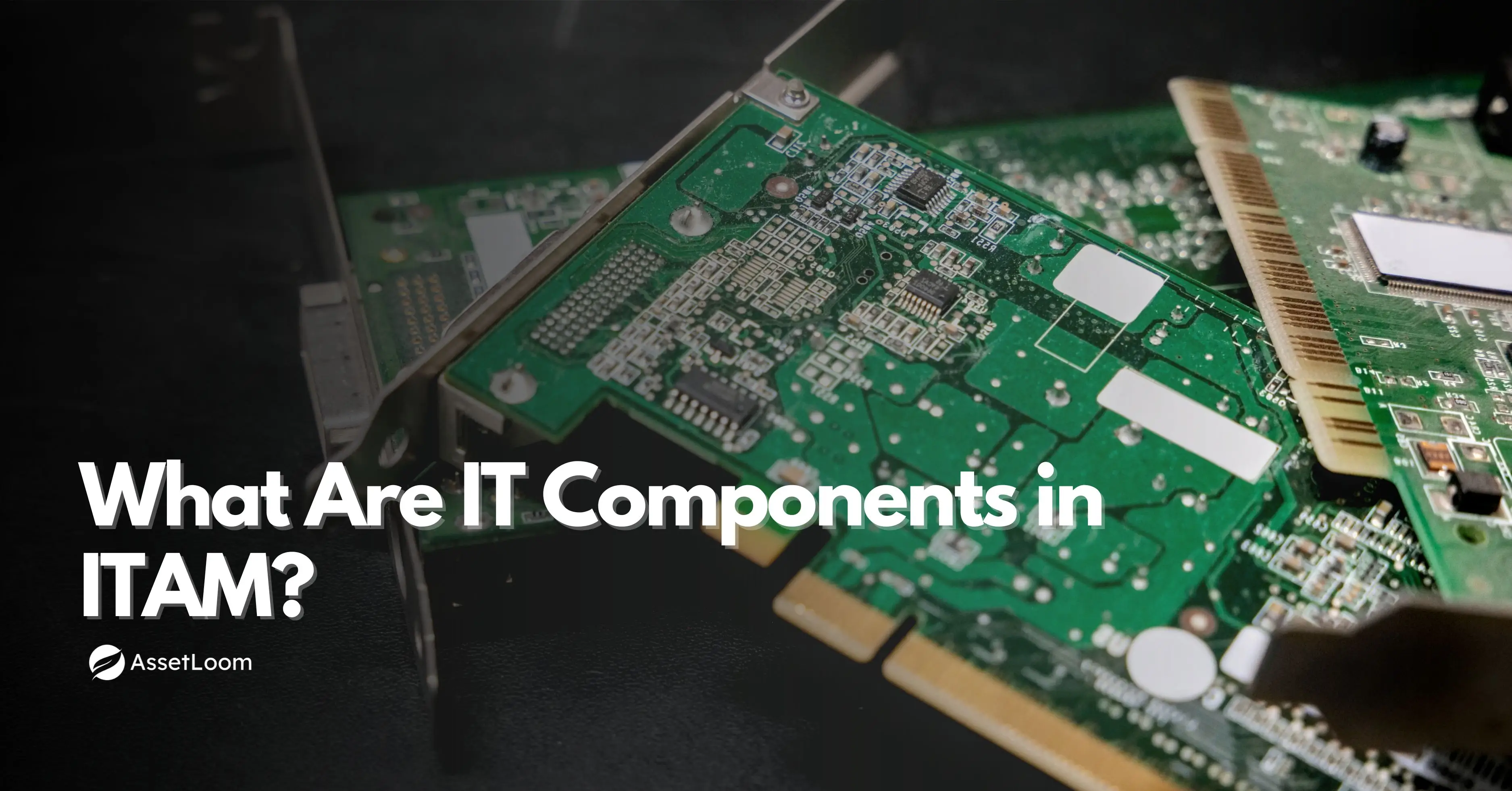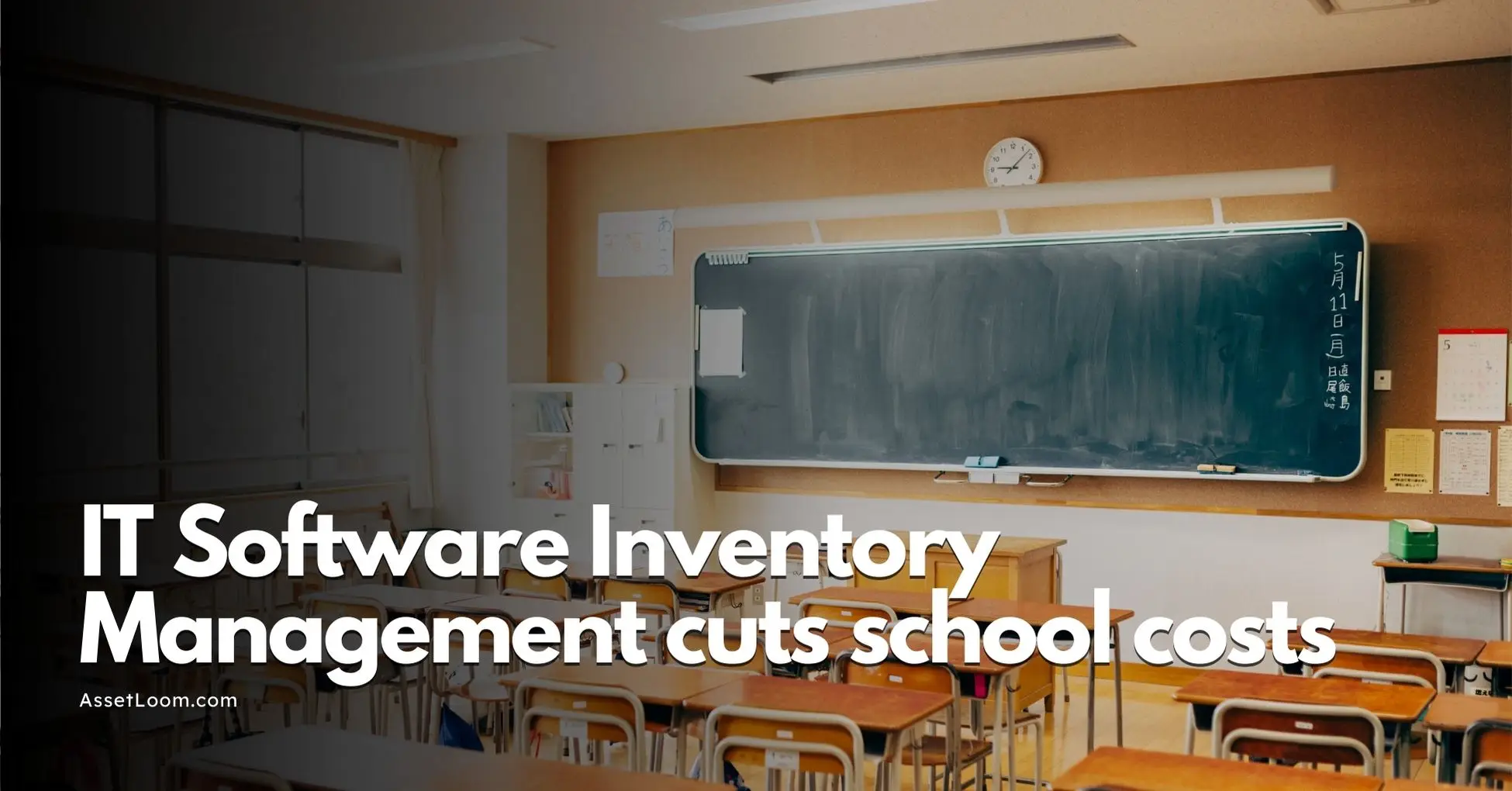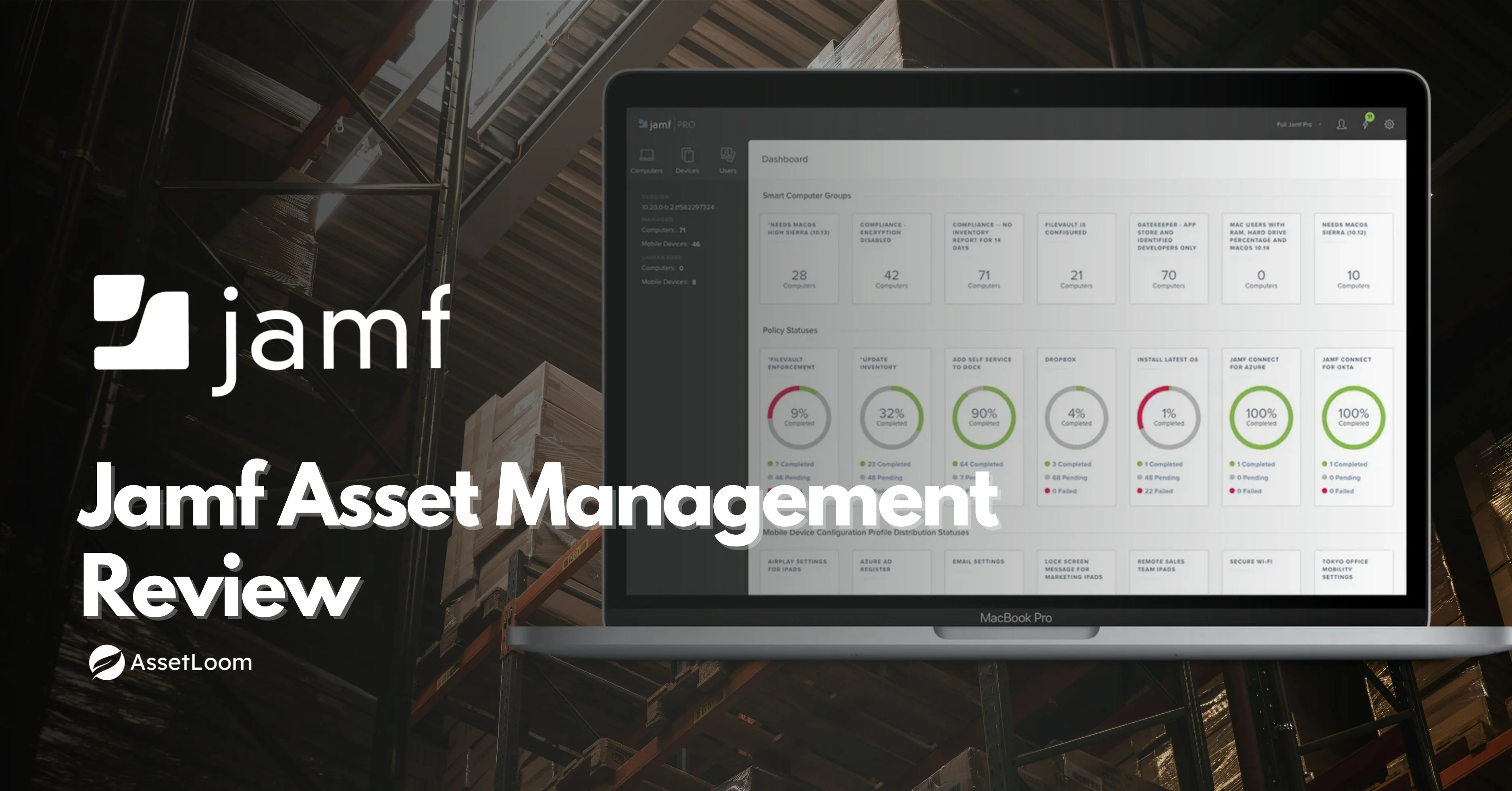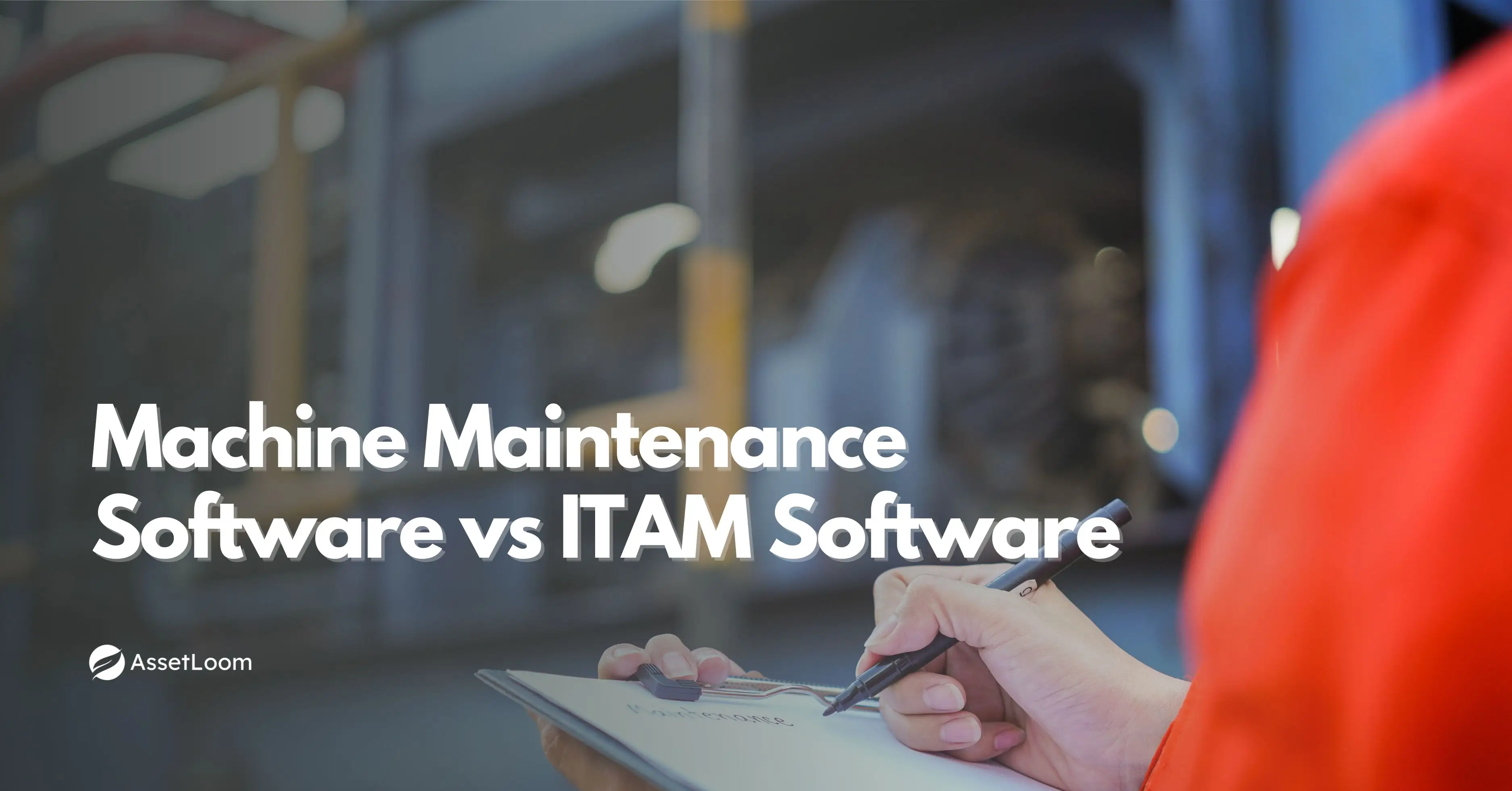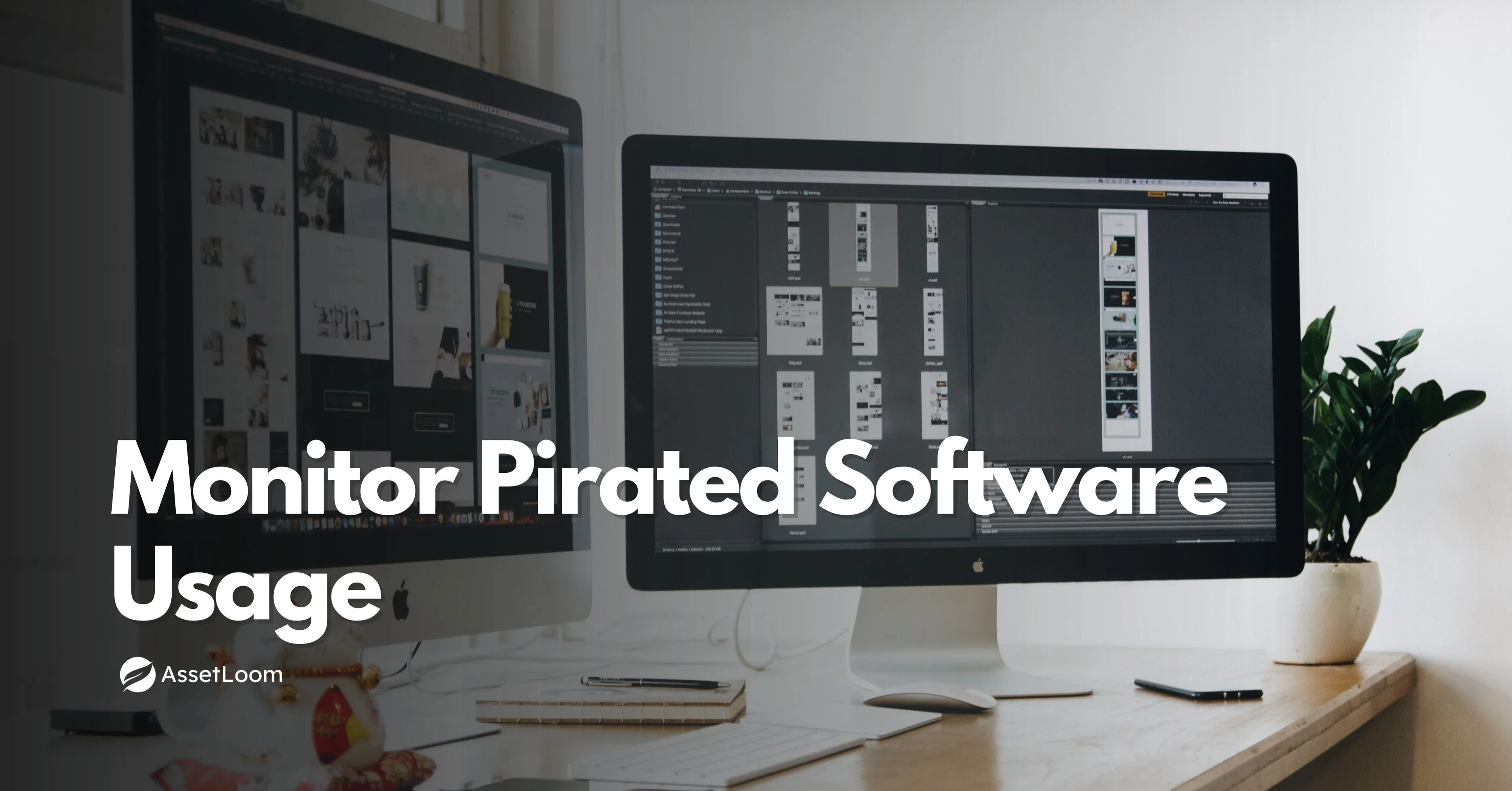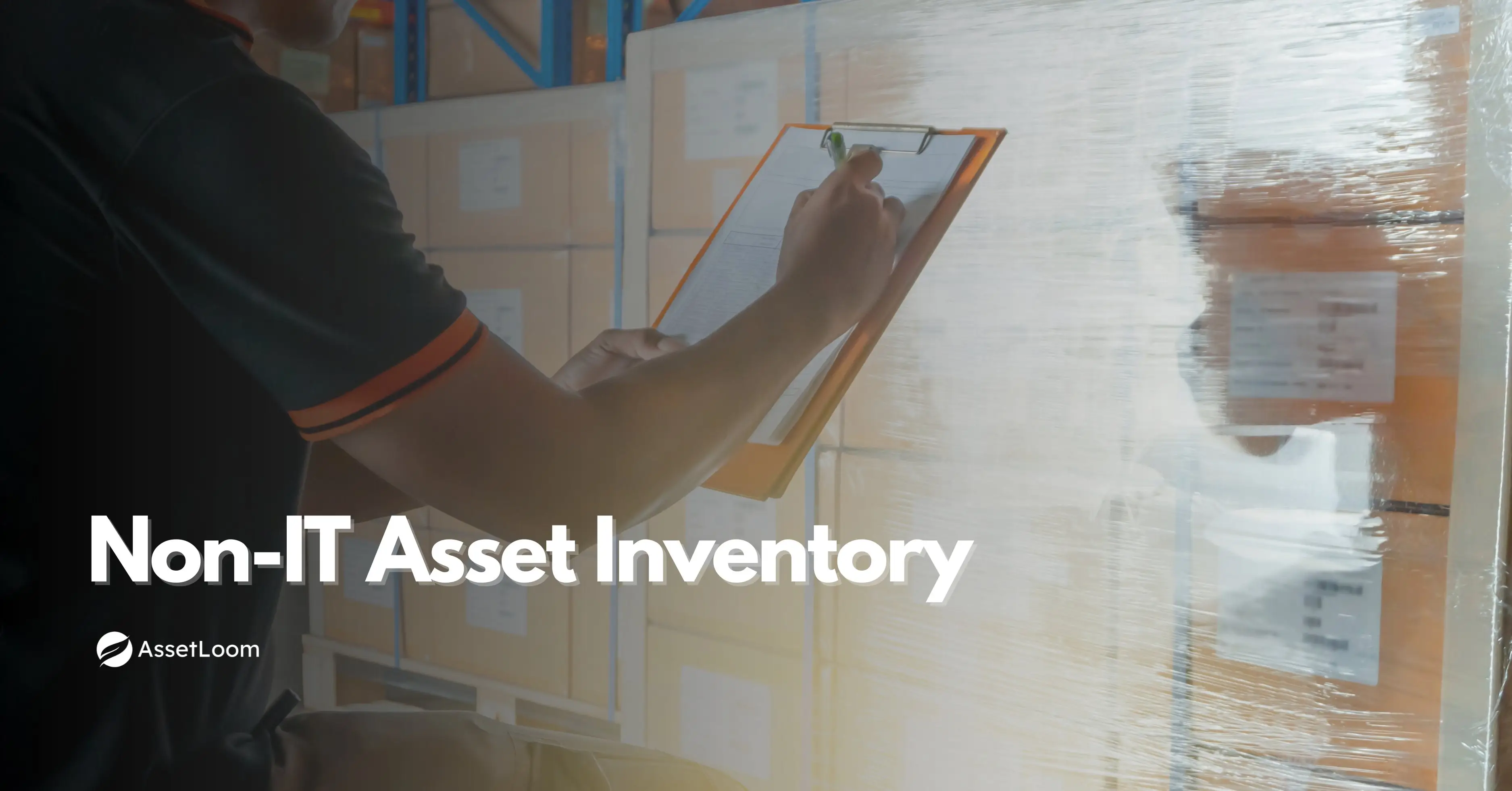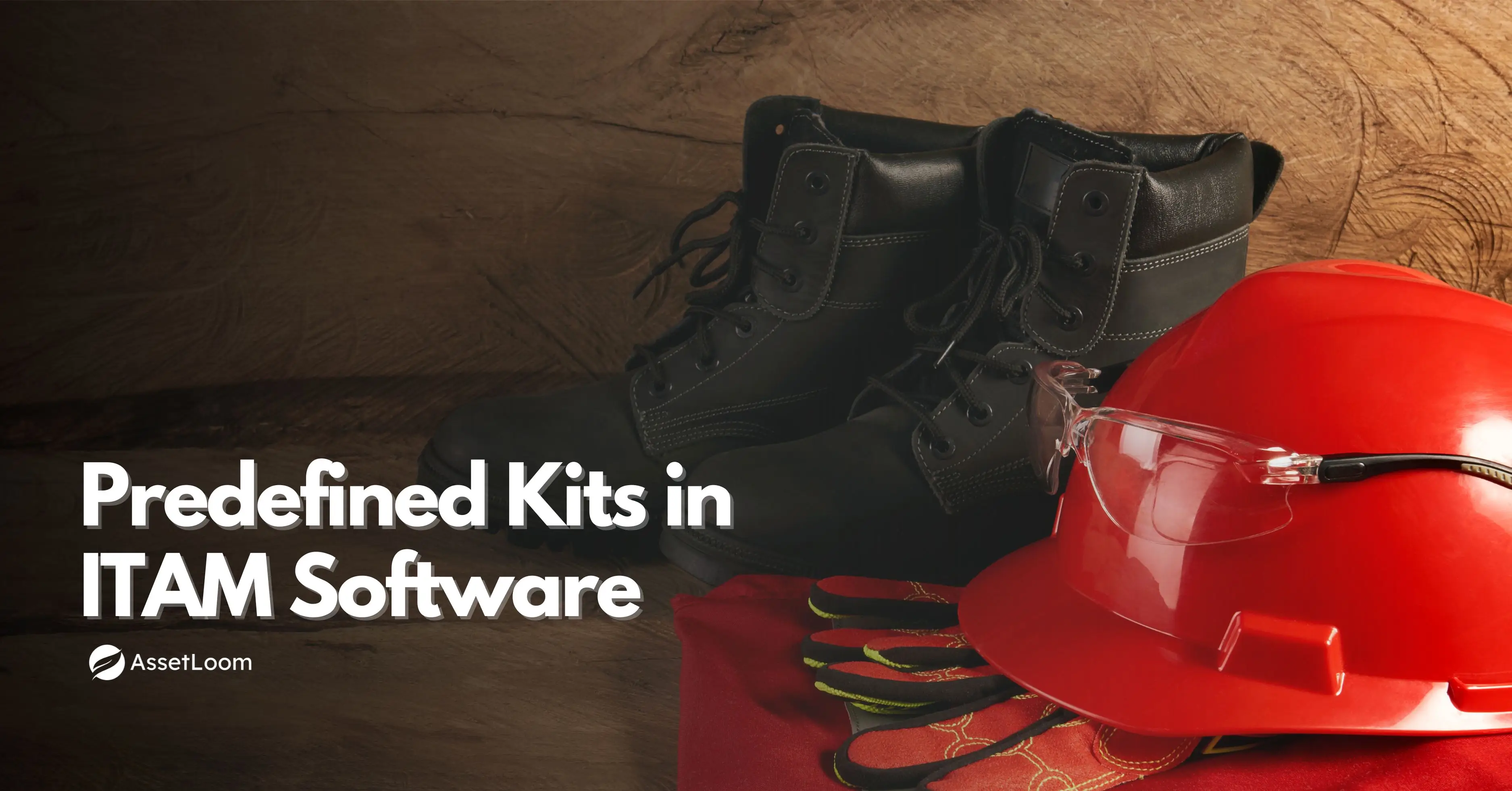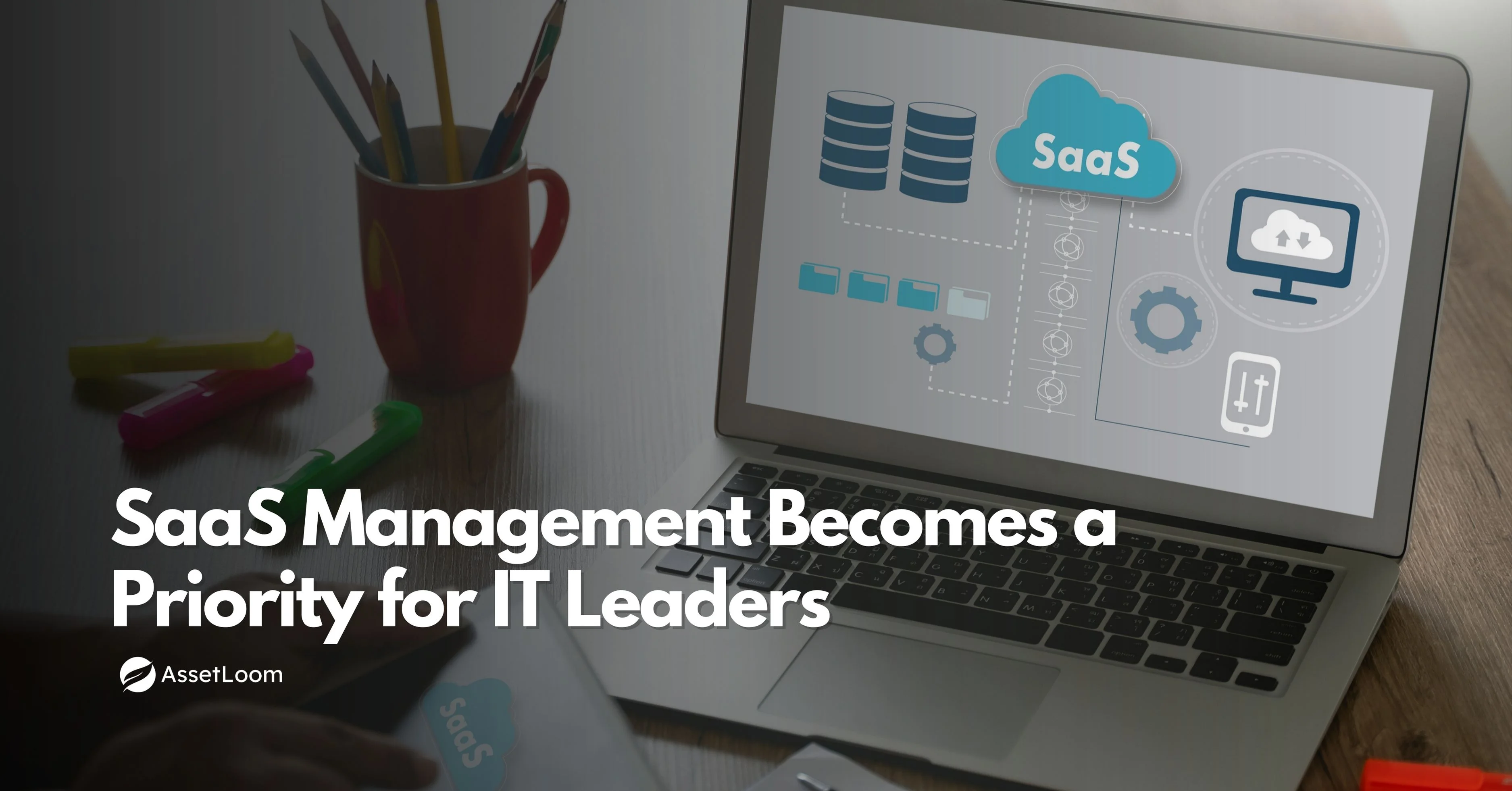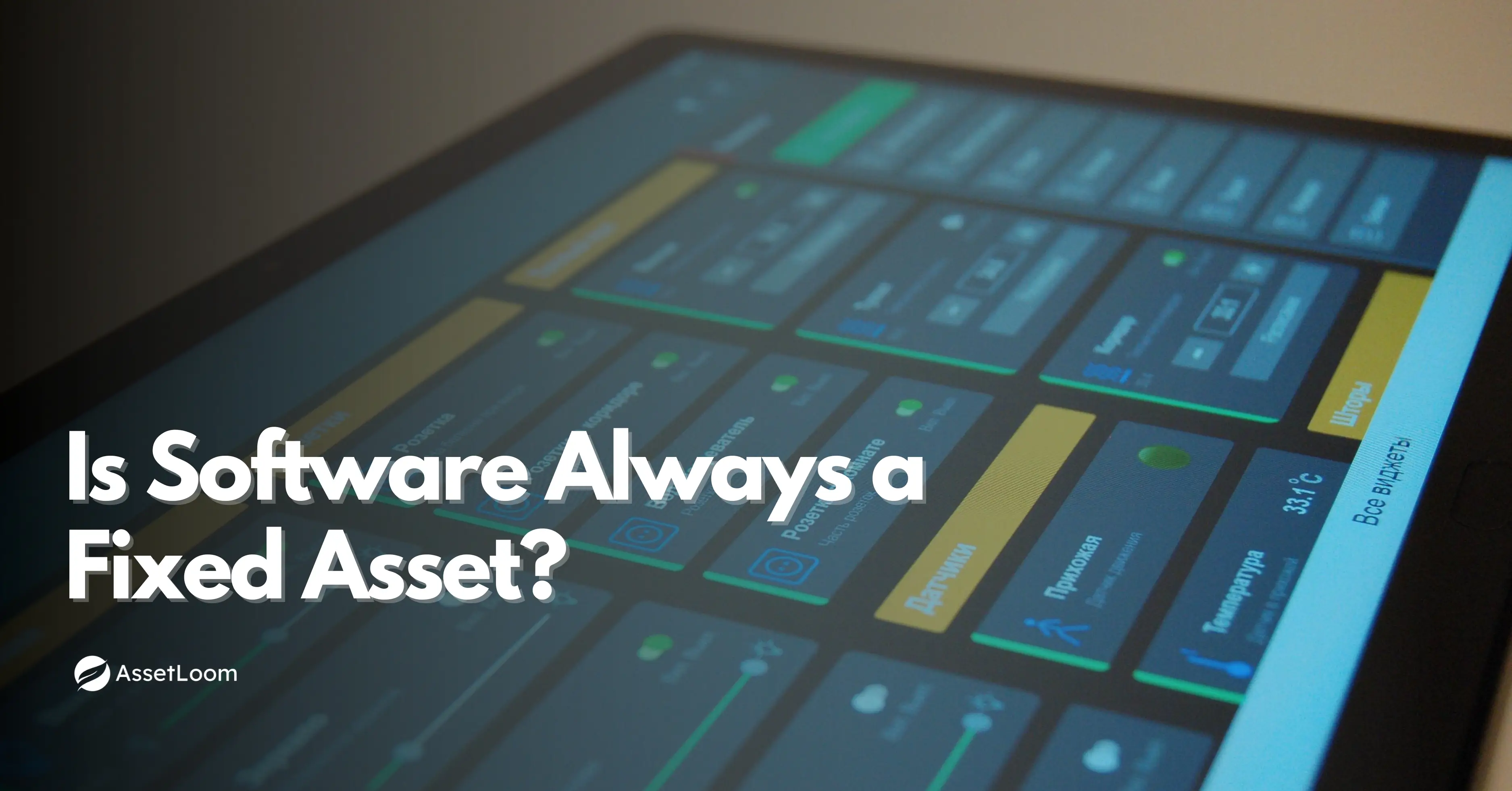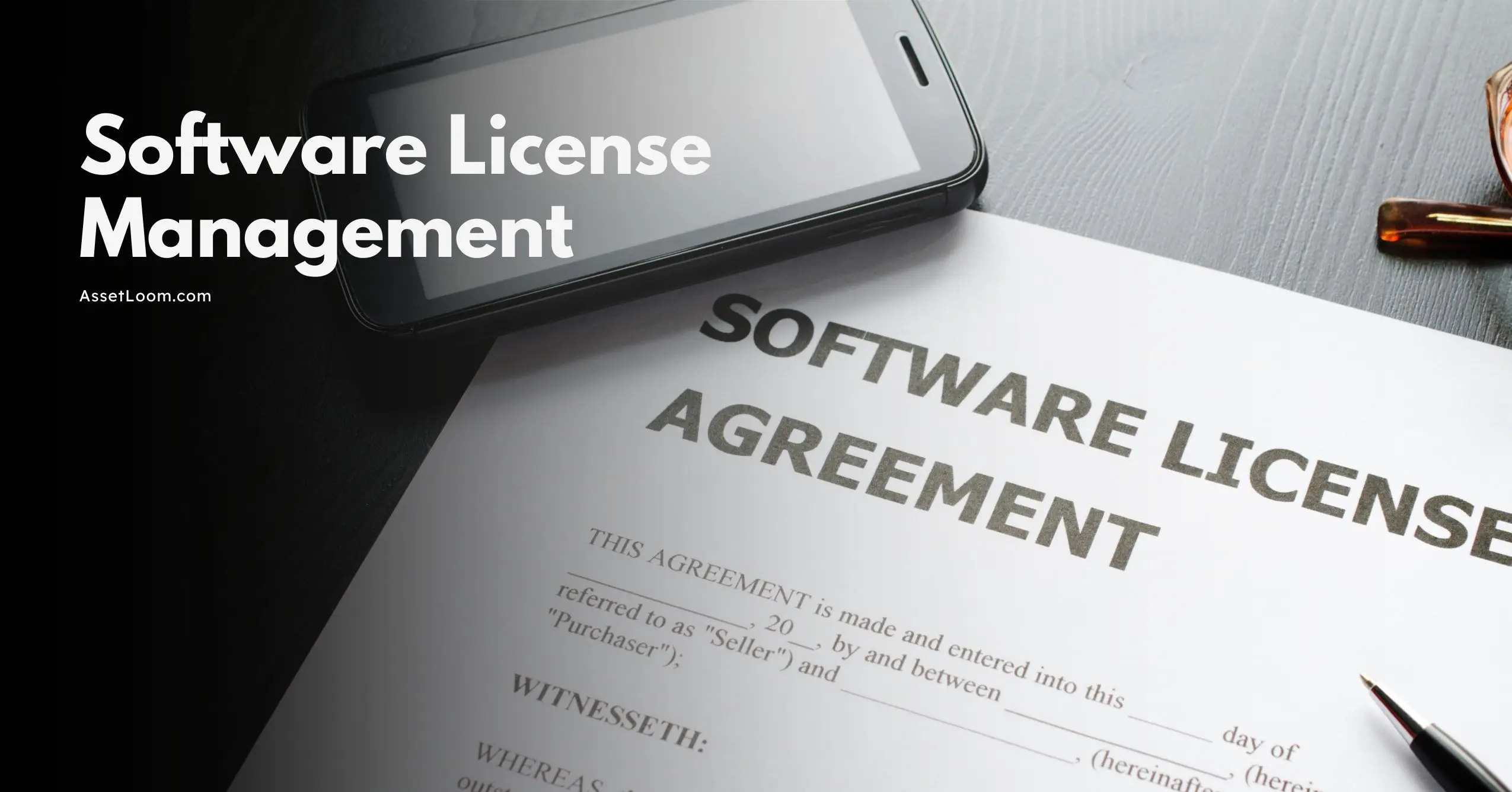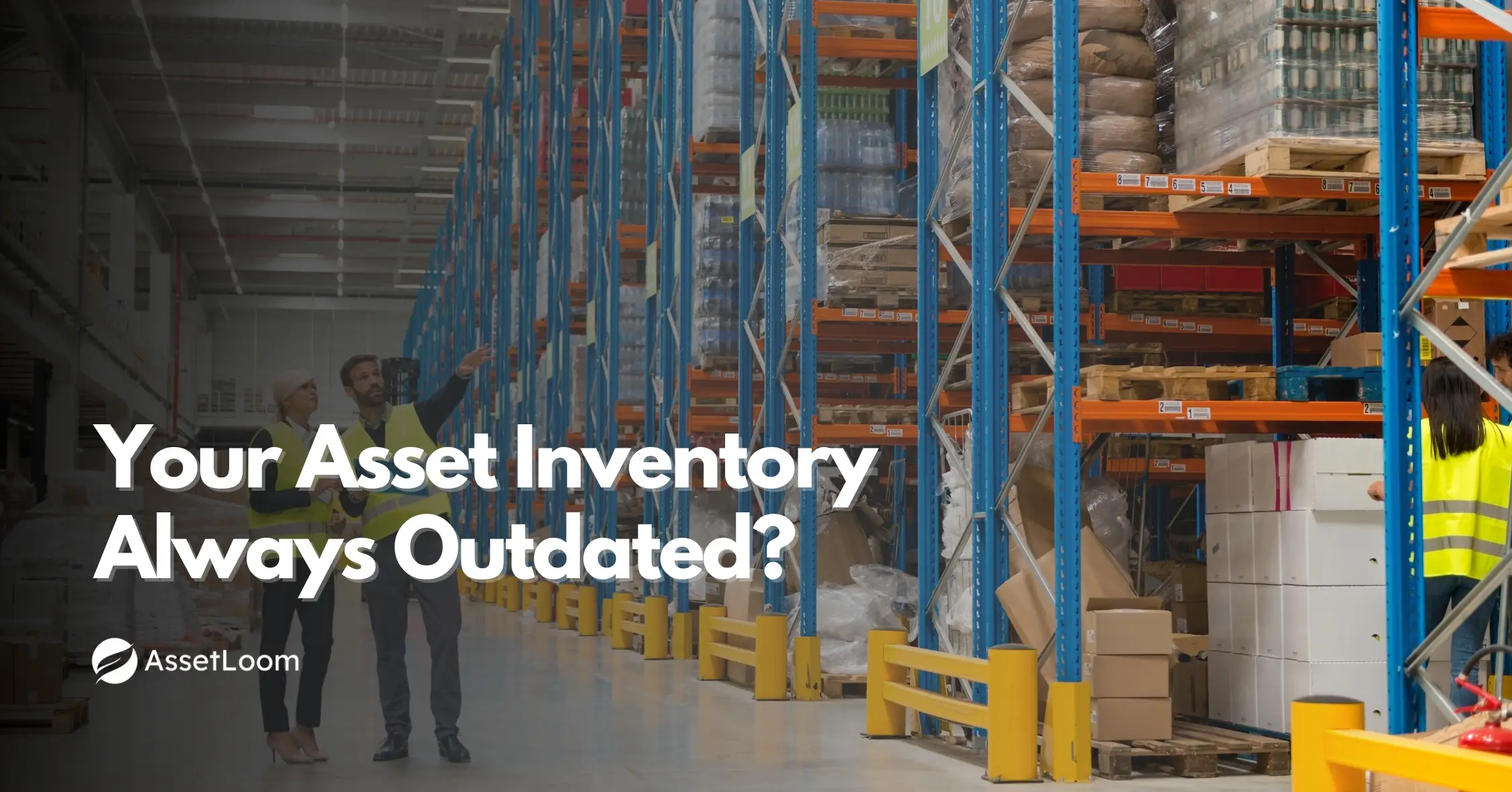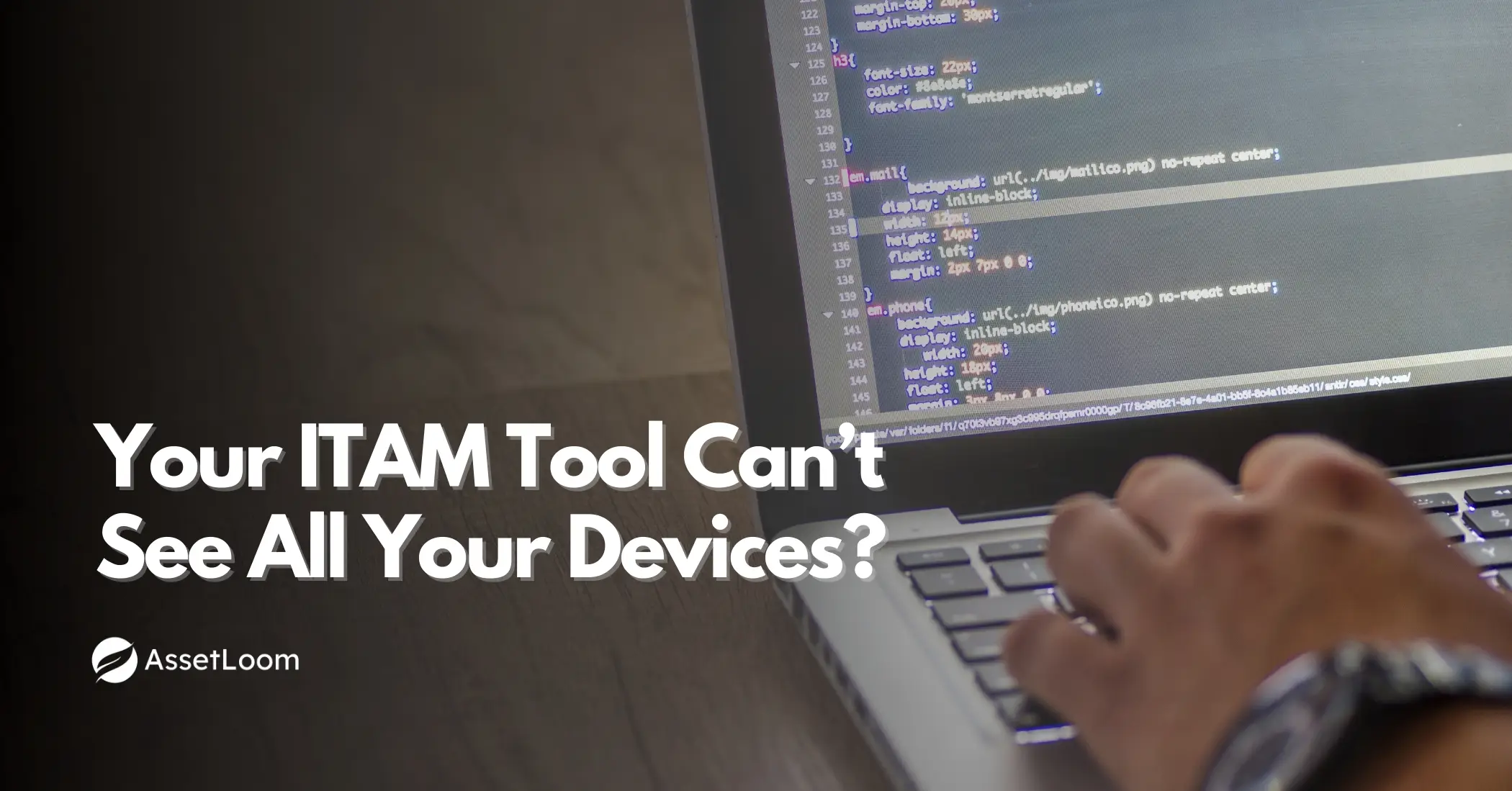How Construction Equipment Management Software Cuts Costs?
Construction equipment management software helps optimize asset usage, reduce downtime, and cut costs by automating maintenance and tracking resources, improving efficiency…
For many construction companies, managing equipment can feel like a constant juggling act. Between tracking maintenance, dealing with unexpected repairs, and ensuring that everything is being used efficiently, costs can easily get out of hand. These challenges can make it tough to stay on budget and keep projects running smoothly.
By using this software, construction businesses can reduce downtime, avoid unnecessary repairs, and make smarter decisions to save money. In this blog, we’ll dive into how this software can help cut costs and improve the overall efficiency of your operations.
How It Cuts Costs
Managing construction equipment can quickly become expensive, but equipment management software helps reduce those costs in several key ways.
By automating maintenance schedules, the software prevents unexpected breakdowns, which can lead to costly repairs and downtime. It also helps minimize idle time by tracking equipment usage and ensuring that machines are being used efficiently, cutting down on unnecessary rentals and repairs.
Fuel consumption is another area where the software shines. By monitoring fuel usage, it helps identify inefficiencies and provides insights to help reduce fuel costs. Additionally, the software streamlines administrative tasks, reducing the time spent on paperwork and minimizing human error. With all your data in one place, it also makes budgeting and cost-tracking easier, giving you the insights needed to make smarter, cost-saving decisions.
Supporting Examples
To see how equipment management tools can really make a difference, let’s look at some examples of how they’re helping companies save money.
For instance, Simply Fleet uses automated maintenance scheduling, helping companies avoid unexpected breakdowns and extend the life of their equipment. By staying on top of maintenance, businesses can prevent costly repairs and reduce downtime.
Another example is Tenna, which provides real-time equipment tracking. With accurate data on usage, companies can optimize how their equipment is allocated, cutting down on idle time and reducing the need for extra rentals.
Fuel management is also a big area for savings. With Simply Fleet, companies can monitor fuel consumption and pinpoint areas where they can cut waste, leading to significant fuel savings over time. Similarly, integration with other systems, like Tenna’s ERP integration, helps eliminate duplicate data entry, saving time and reducing administrative costs.
These examples show just a few of the practical ways companies are reducing costs and improving efficiency in real-world operations.
Detailed Mechanisms for Cost Savings
There are several key ways that these tools help reduce costs and improve efficiency across operations.
One of the most impactful ways is by ensuring efficient equipment use. Tracking usage patterns helps prevent equipment from sitting idle for too long, reducing unnecessary rental costs and depreciation. By knowing exactly when and where each piece of equipment is needed, companies can make better decisions about where to allocate resources and reduce downtime.
Maintenance is another critical area where costs are controlled. Automated maintenance scheduling ensures that equipment is serviced regularly, preventing costly breakdowns. For example, catching small issues before they turn into major repairs can save a significant amount of money over time, as it reduces emergency repair costs and keeps equipment running longer.
Real-time monitoring and alerts further enhance efficiency by allowing for quick responses to issues as they arise. With immediate notifications, companies can act fast, preventing small problems from escalating into larger, more expensive ones. This leads to reduced downtime, which is essential in keeping projects on track and within budget.
Additionally, centralized data management simplifies operations by reducing administrative work and errors. By having all relevant information in one place, companies save time on data entry and can make quicker, more accurate decisions. This not only reduces costs but also improves overall productivity across teams.
These are just a few ways that equipment management tools can help control costs, streamline operations, and ultimately increase profitability.
Fuel Management and Consumption Optimization
Fuel costs are a significant part of construction operations, especially with heavy machinery consuming large amounts of fuel. Managing these costs effectively can lead to substantial savings. By tracking fuel usage, companies can pinpoint inefficiencies and make adjustments that reduce waste.
For example, with real-time fuel tracking, businesses can monitor fuel consumption patterns across their entire fleet. If certain machines are using more fuel than expected, it might indicate an underlying issue, such as poor maintenance or inefficient operation. Identifying these problems early allows companies to make corrections before fuel costs spiral out of control.
In addition to tracking fuel usage, companies can also optimize fuel efficiency by adjusting operating practices. If equipment is consistently idling for long periods, reducing idle time can lead to significant savings. With the right insights from fuel management tools, companies can improve fuel efficiency, lower their fuel bills, and contribute to more environmentally friendly practices.
Time Savings and Productivity Enhancements
One of the most valuable benefits of equipment management tools is the time they save. Automating tasks like maintenance scheduling, tracking, and reporting reduces the amount of time spent on manual work, freeing up staff to focus on more critical tasks.
For example, by using automated systems to track equipment usage and maintenance schedules, companies can avoid the need for lengthy, manual record-keeping. This reduces human error and ensures that important tasks are completed on time, ultimately improving productivity across the board.
In addition to saving time on administrative work, these tools also improve field-to-office communication. Real-time data from the job site ensures that project managers and supervisors are always up-to-date on the status of equipment, which helps them make faster decisions and avoid unnecessary delays. With quick access to accurate information, the entire team can operate more efficiently, reducing project bottlenecks and ensuring smoother operations.
By cutting down on time spent managing equipment and increasing overall productivity, companies can save both time and money, allowing for a more streamlined and profitable operation.
Risk Mitigation and Predictive Analytics
One of the most powerful features of modern equipment management tools is their ability to predict potential issues before they become major problems. With the help of predictive analytics and real-time monitoring, businesses can take proactive steps to mitigate risks, reducing the likelihood of costly disruptions.
For example, predictive analytics can identify trends in equipment performance, highlighting signs of wear or impending failure. By catching these issues early, companies can schedule repairs before a breakdown occurs, minimizing downtime and avoiding emergency repair costs. This helps extend the life of equipment and ensures that projects stay on track, without any unexpected delays or budget overruns.
In addition to predictive maintenance, these tools can also help manage safety risks by providing real-time data on equipment performance and operator behavior. For instance, tracking machine usage can reveal whether operators are following safety protocols, and real-time alerts can notify supervisors of any unsafe practices. By addressing these risks before they escalate, businesses can prevent accidents, reduce liability, and avoid costly insurance claims.
In summary, predictive analytics and risk management features not only help save money by preventing breakdowns but also enhance safety and reduce the likelihood of unexpected project delays.
Improved Bidding and Project Estimation
Accurate bidding and project estimation are critical to maintaining profitability in the construction industry. Overestimating can result in losing bids, while underestimating can lead to cost overruns. Having detailed, real-time data on equipment usage, maintenance costs, and fuel consumption helps businesses make more informed decisions when preparing bids.
By tracking equipment performance and costs accurately, companies can gain insights into the true cost of using specific assets on a project. For example, knowing the maintenance history and fuel efficiency of certain machines allows for more precise cost estimations. This leads to more competitive, yet realistic bids that improve a company’s chances of winning projects while ensuring profitability.
Additionally, having detailed records on equipment utilization and costs also helps in project planning. With a better understanding of equipment availability and costs, construction firms can plan projects more efficiently, ensuring that they have the right equipment at the right time without over-committing resources.
With improved data, construction companies can create bids that are both competitive and accurate, reducing the risk of cost overruns and increasing profitability.
Construction Equipment Management Software vs. ITAM Software
When managing assets, both construction equipment management software and IT asset management (ITAM) software provide valuable tools, but they serve different industries and have distinct functions. Let’s explore the key differences and similarities between the two:
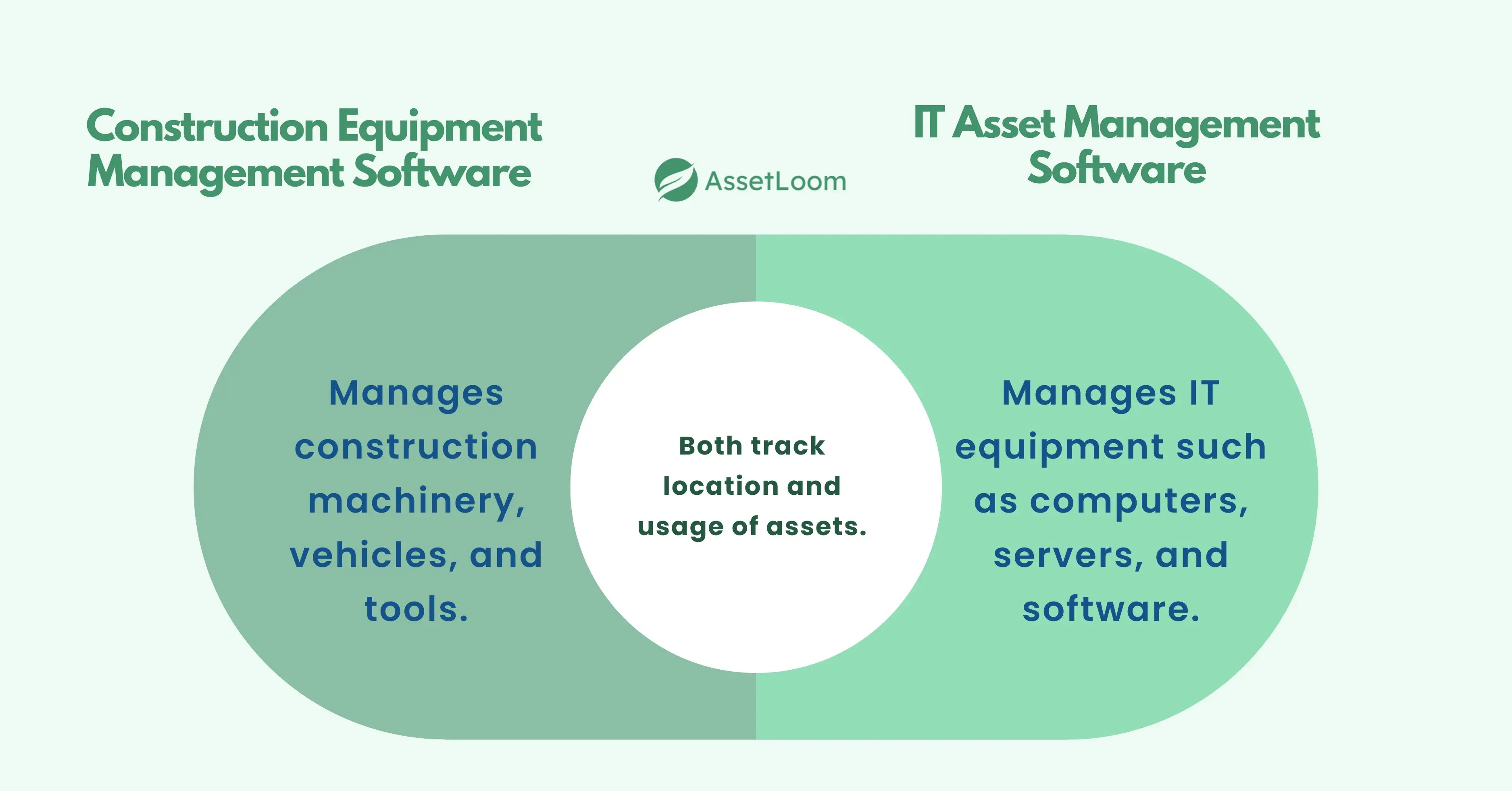
Focus and Purpose
- Construction Equipment Management Software is designed specifically for managing physical assets used in construction, such as machinery, tools, and heavy equipment. It helps track usage, maintenance, fuel consumption, and the overall performance of construction assets, aiming to reduce downtime, optimize resource allocation, and ensure equipment longevity.
- IT Asset Management (ITAM) Software is focused on managing IT assets like computers, servers, software, and network devices. It tracks the lifecycle of IT equipment, including procurement, deployment, maintenance, and disposal, with a strong focus on software licensing, compliance, and security.
Key Features
Construction Equipment Management Software:
- Maintenance Scheduling: Automates the scheduling of preventive and corrective maintenance for construction equipment.
- Fuel Management: Tracks fuel usage and helps optimize fuel efficiency for machinery.
- Real-Time Equipment Tracking: Monitors equipment location, usage, and status in real-time.
- Resource Allocation: Helps optimize the use of equipment across multiple projects.
- Compliance & Safety Management: Ensures construction equipment meets safety regulations and compliance standards.
ITAM Software:
- Asset Tracking: Tracks the location, condition, and configuration of IT assets like hardware and software.
- Software Licensing: Helps businesses track software licenses and ensure compliance with legal regulations.
- IT Asset lifecycle Management: Manages the entire lifecycle of IT assets, from acquisition to disposal.
- Audit & Compliance: Assists with audits, ensuring assets are compliant with internal policies and external regulations.
- Security Management: Provides tools for monitoring and securing IT assets, including data protection and risk management.
Use Cases
- Construction Equipment Management Software is ideal for construction companies and contractors who need to manage heavy machinery, tools, and construction vehicles. The goal is to reduce downtime, avoid costly repairs, and keep projects on schedule.
- ITAM Software is primarily used by IT departments in any business or organization. It’s essential for managing computers, networking equipment, and software. ITAM ensures businesses comply with software licenses, maintain security protocols, and manage the lifecycle of IT assets efficiently.
Industries Served
- Construction Equipment Management Software serves the construction, infrastructure, and engineering industries.
- ITAM Software serves a broader range of industries, including technology, healthcare, finance, education, and any other sector that uses IT infrastructure.
Data and Reporting
- Construction Equipment Management Software focuses on performance metrics like equipment utilization, fuel consumption, maintenance history, and cost tracking related to construction assets.
- ITAM Software typically focuses on software license compliance, hardware performance, asset depreciation, and security issues related to IT assets.
Comparative Analysis of Software Solutions
To better understand how different tools stack up when it comes to cutting costs, let's take a look at some popular software solutions and the features they offer to help reduce expenses.
| Software | How It Cuts Costs | Relevant Features |
|---|---|---|
| Tenna | Reduces unexpected costs, minimizes downtime | Preventative maintenance, utilization dashboards, ERP integrations |
| Simply Fleet | Prevents breakdowns, reduces fuel costs | Automated maintenance, fuel tracking, telematics integration |
| Fleetio | Optimizes fleet composition, prevents breakdowns | Maintenance tracking, utilization reports, engine hour tracking |
| HCSS Equipment360 | Avoids project delays, tracks maintenance costs | Maintenance scheduling, work order management, parts inventory |
| Samsara | Improves asset utilization, streamlines operations | Dormancy reports, OEM telematics integration, GPS tracking |
Conclusion
In the construction industry, managing equipment efficiently is crucial for keeping costs under control and ensuring projects run smoothly. Equipment management tools offer several ways to cut costs, from preventing breakdowns to optimizing fuel use and streamlining administrative tasks.
These tools help by automating maintenance schedules, improving equipment utilization, and providing valuable insights to make smarter decisions. With features like real-time tracking and predictive maintenance, companies can avoid costly surprises and operate more efficiently.
By investing in the right equipment management software, construction businesses can reduce expenses, increase productivity, and ultimately boost their bottom line. If you’re looking for a way to manage your equipment more effectively and save money, these tools can be the solution you need.

Subscribe for Expert Tips and Updates
Receive the latest news from AssetLoom. right in your inbox
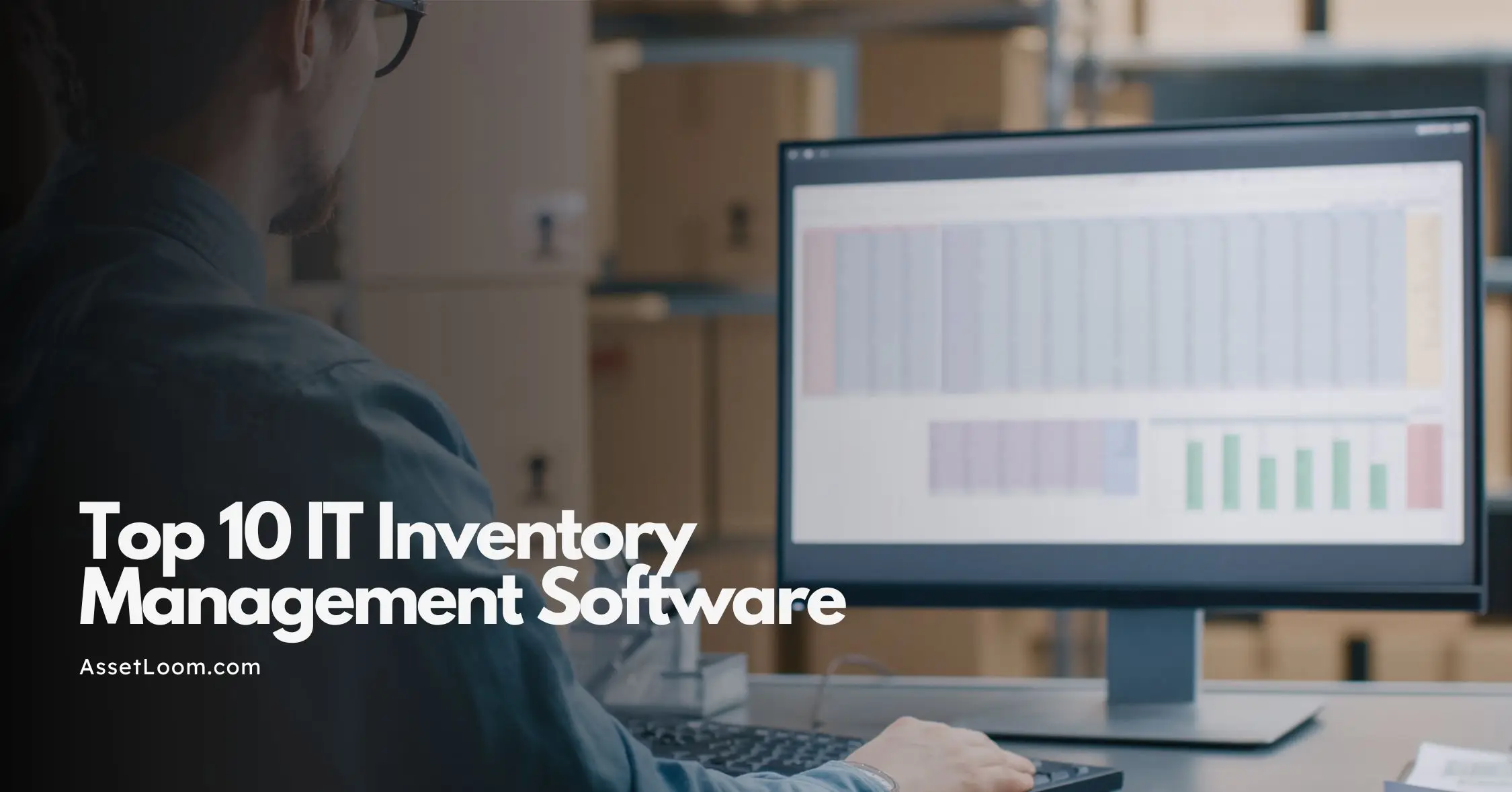
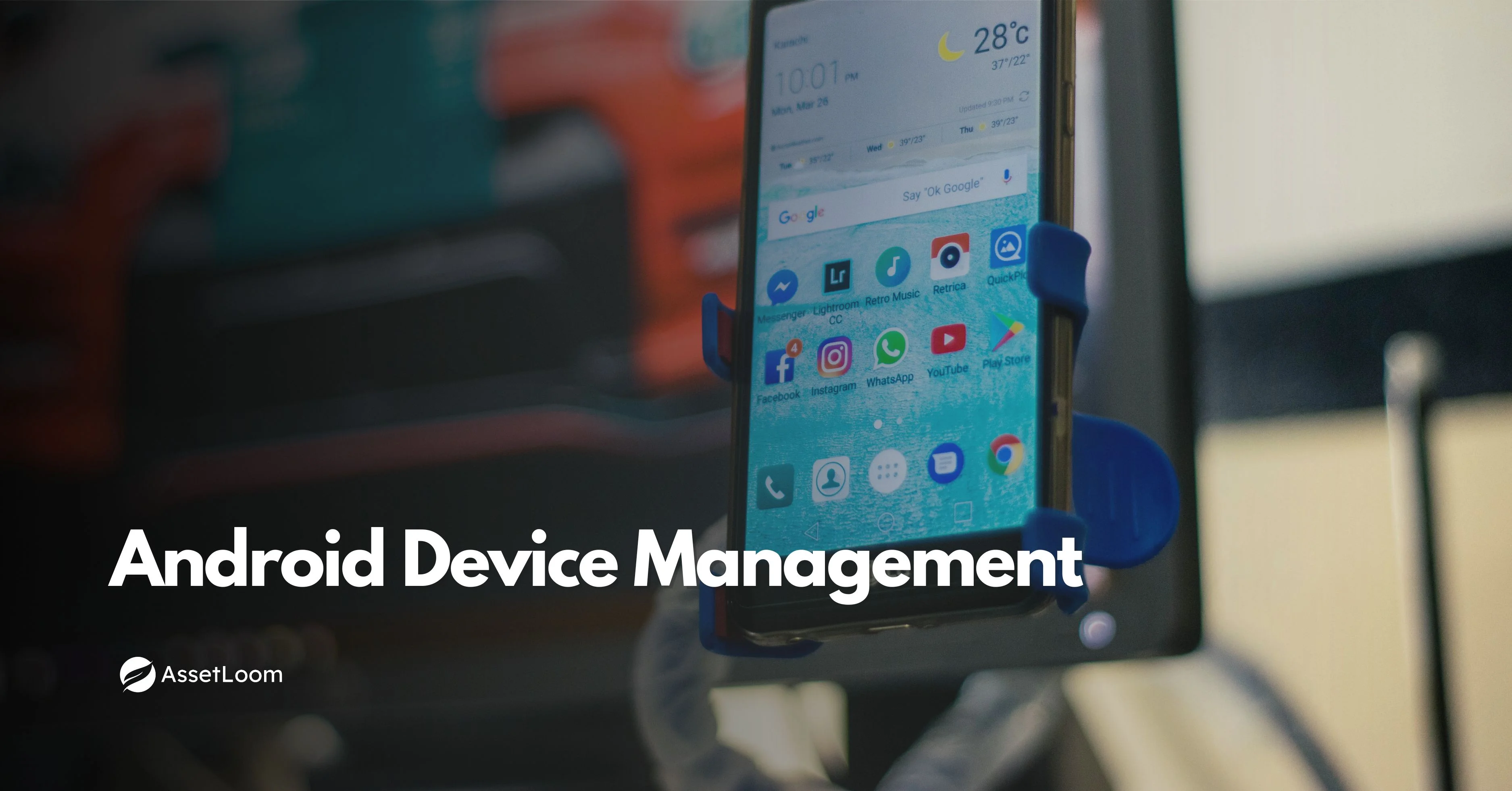
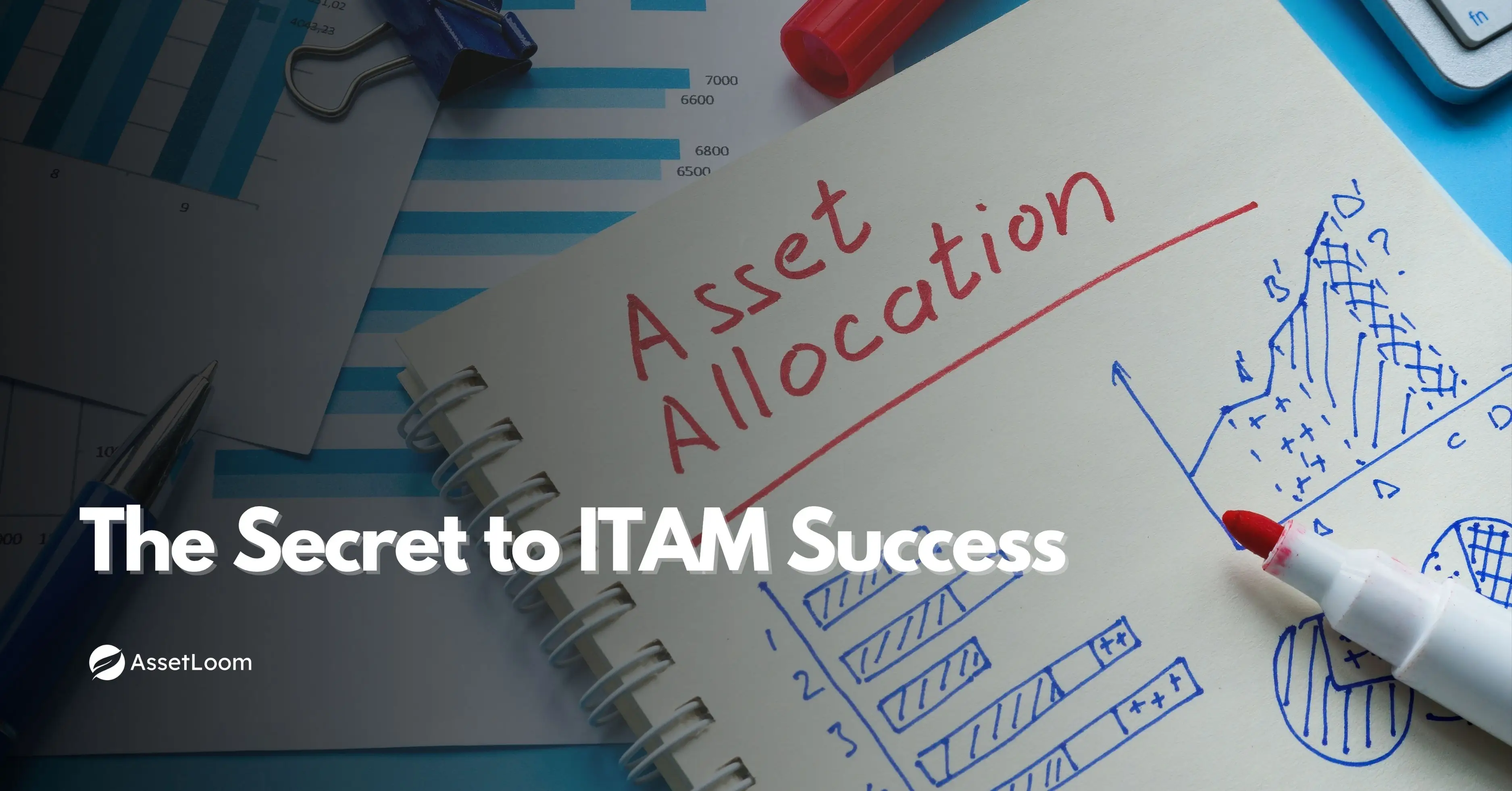

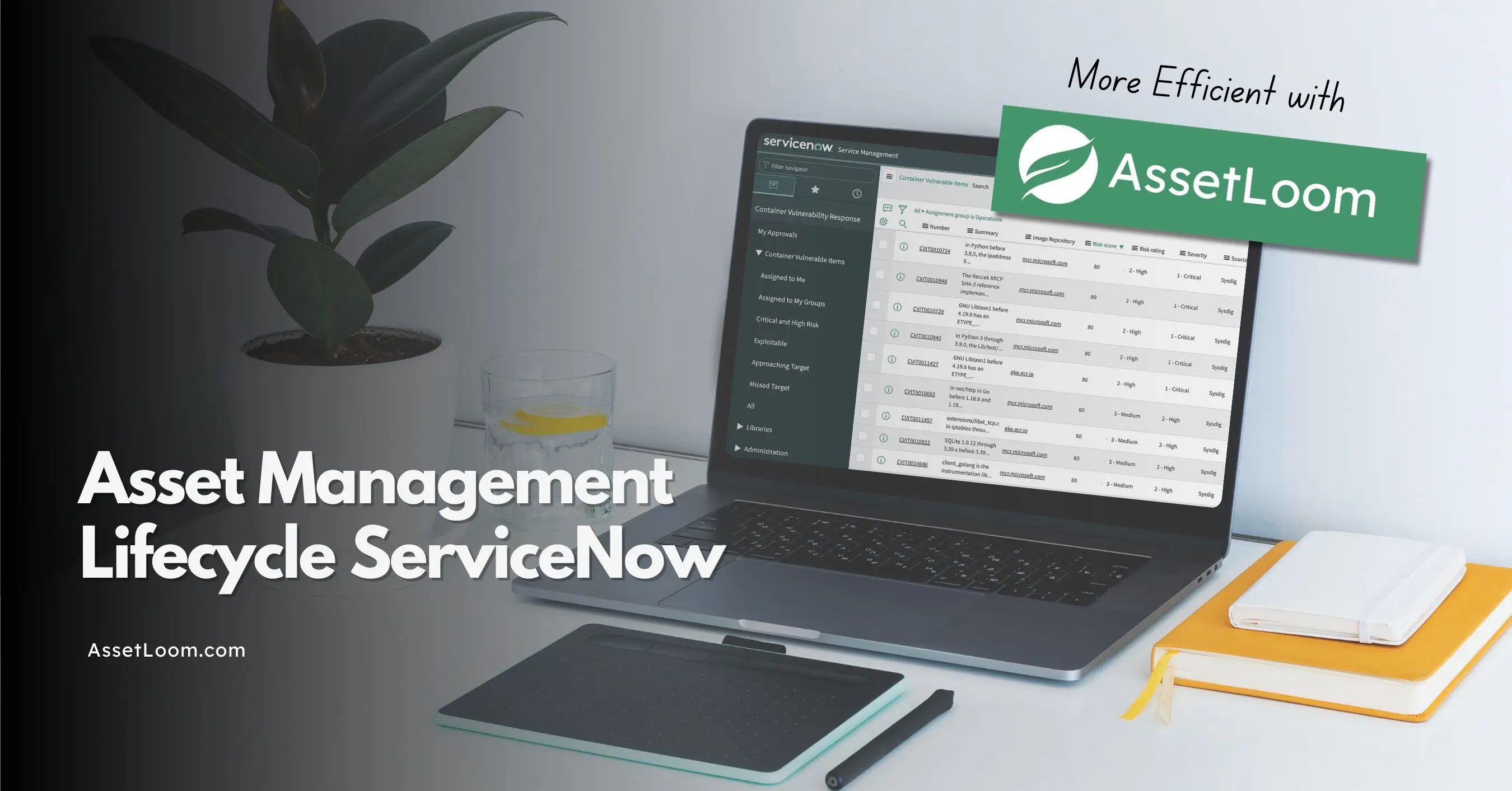



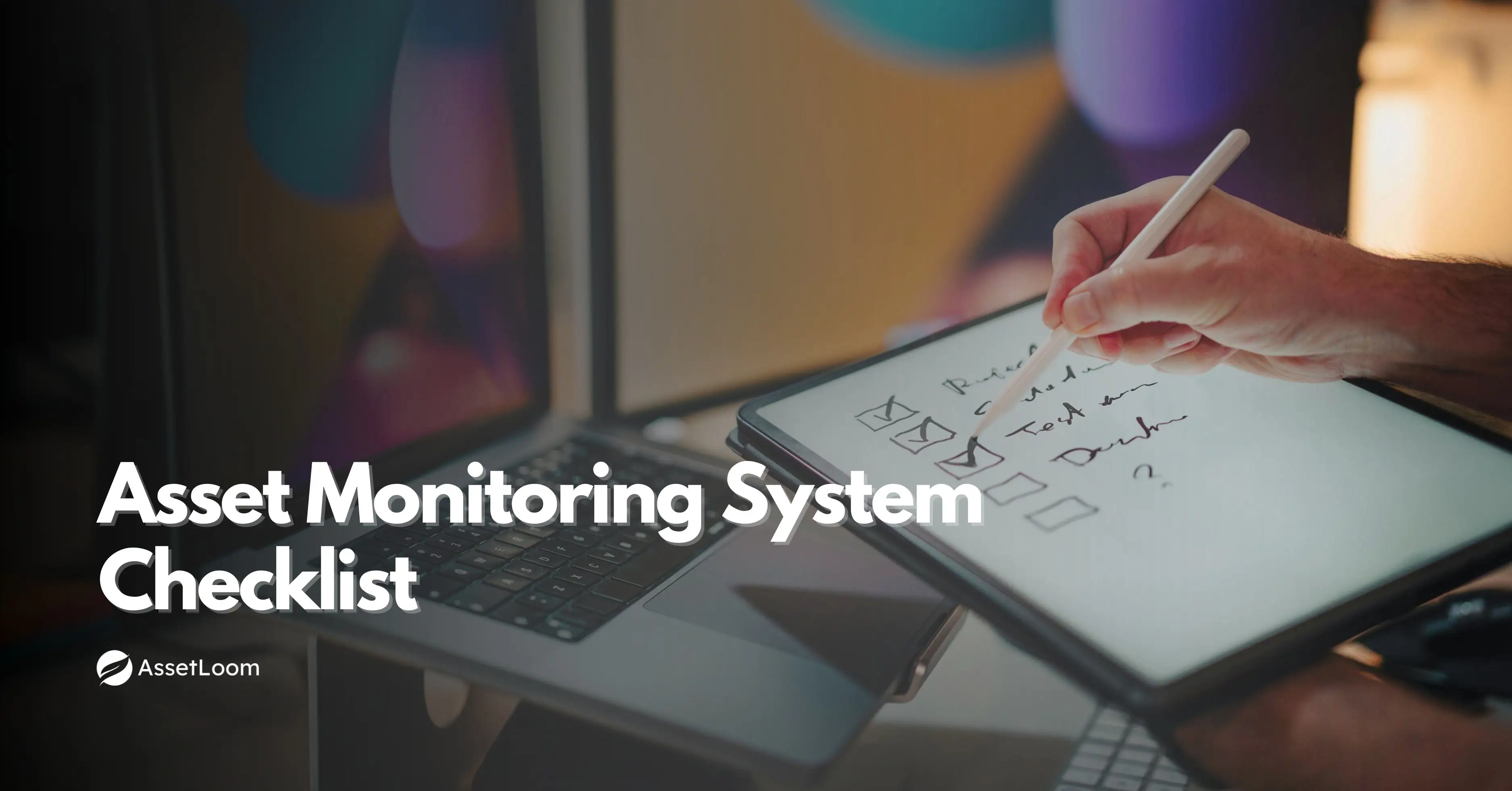



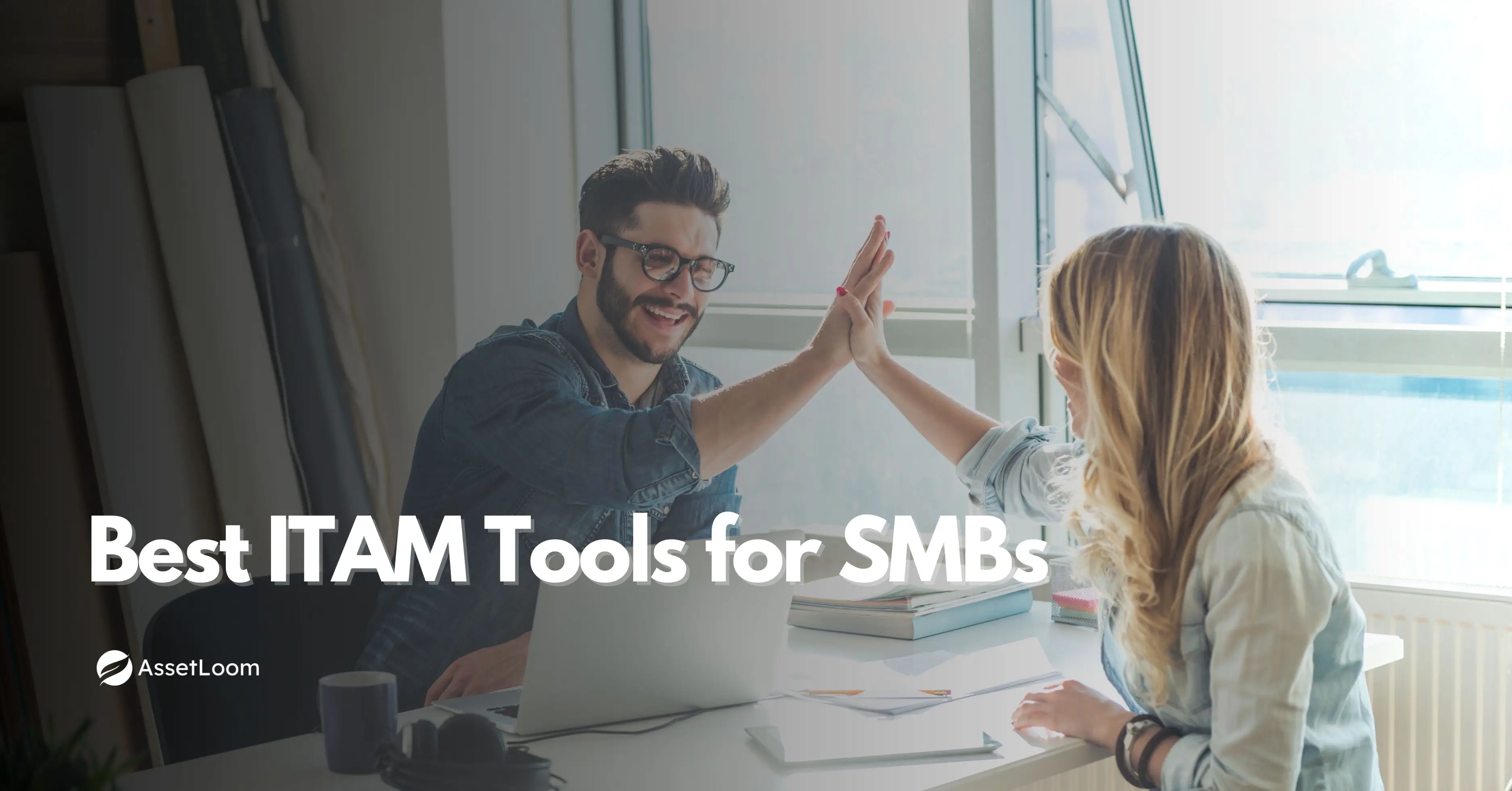
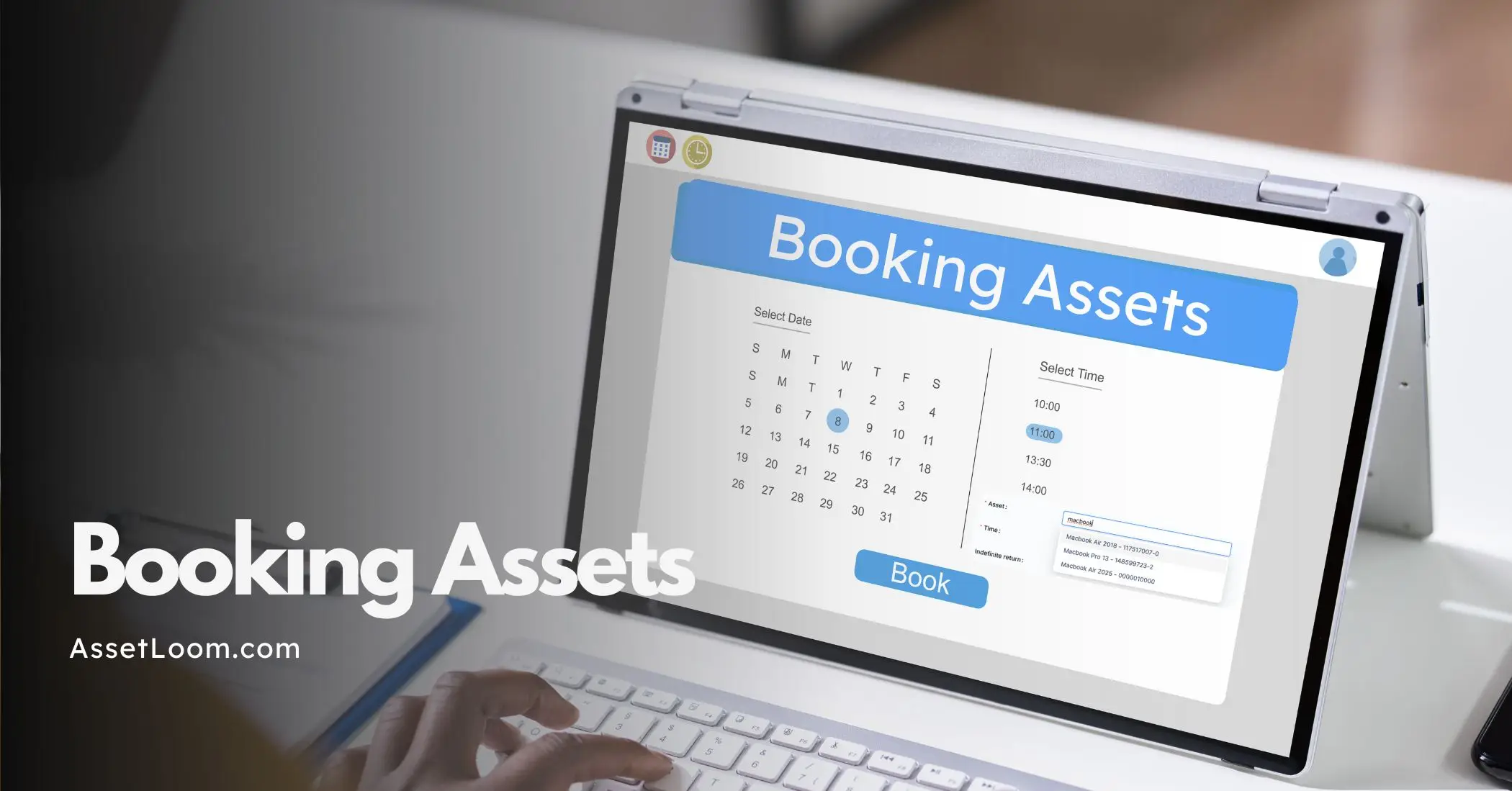
![Bring Your Own Device (BYOD) Policy Best Practices [FREE TEMPLATE]](https://assetloom.com/marketing/blog/bring-your-own-device-policy-best-practices.webp)


